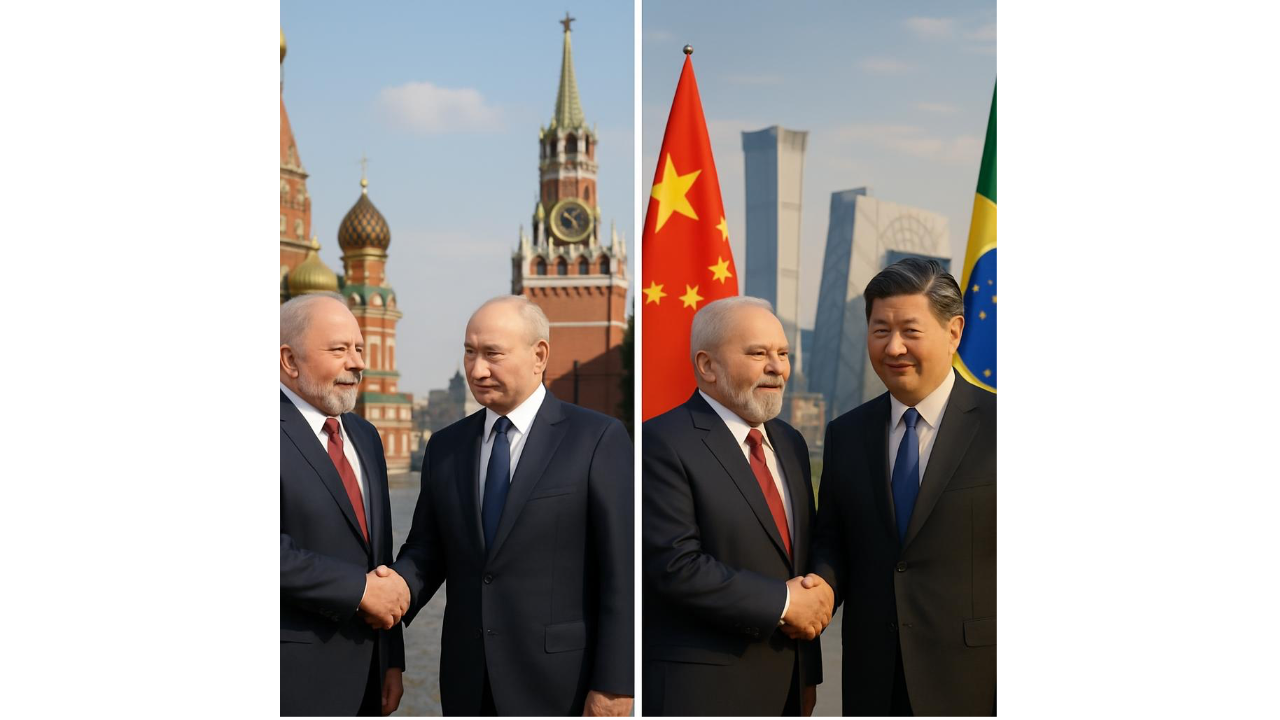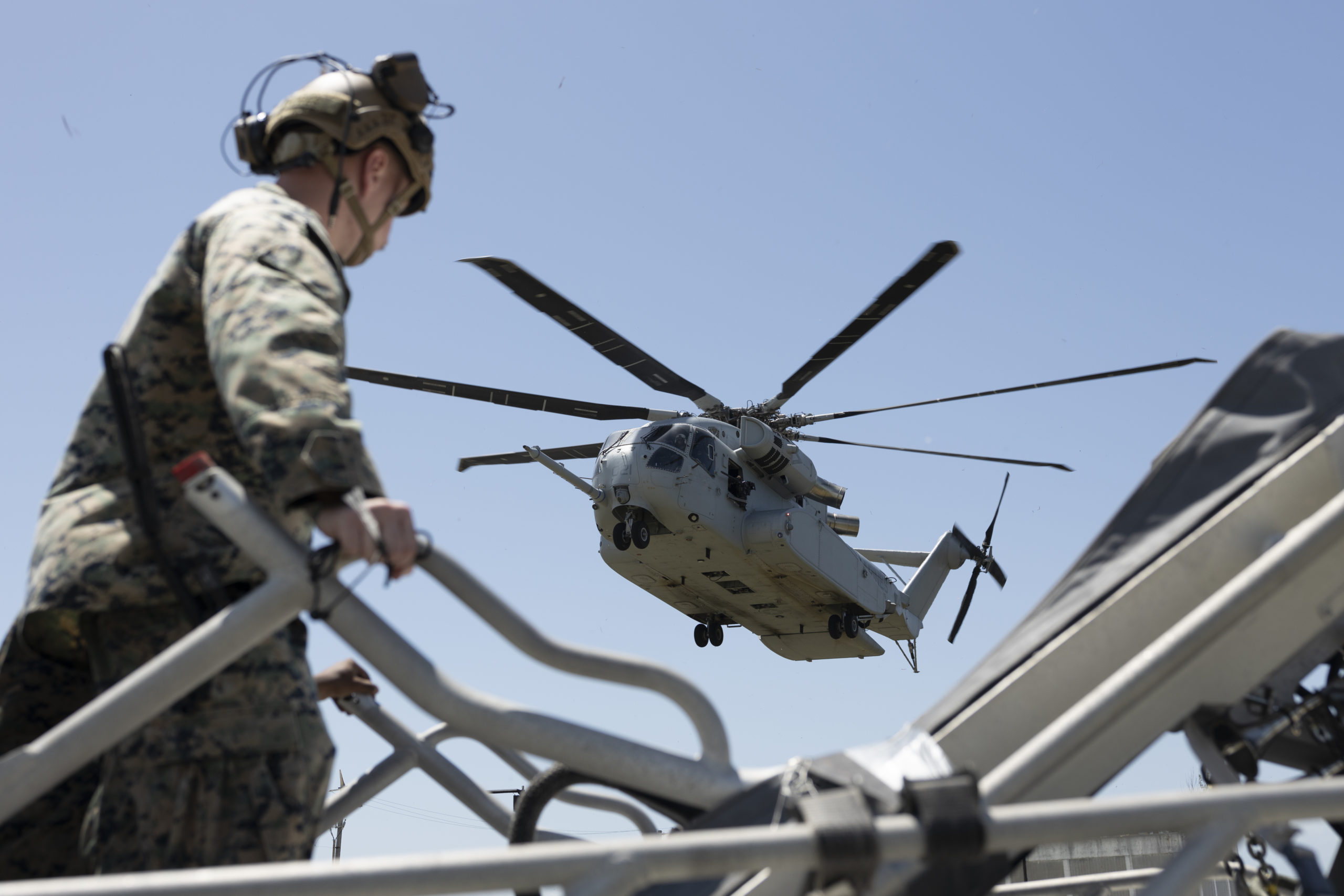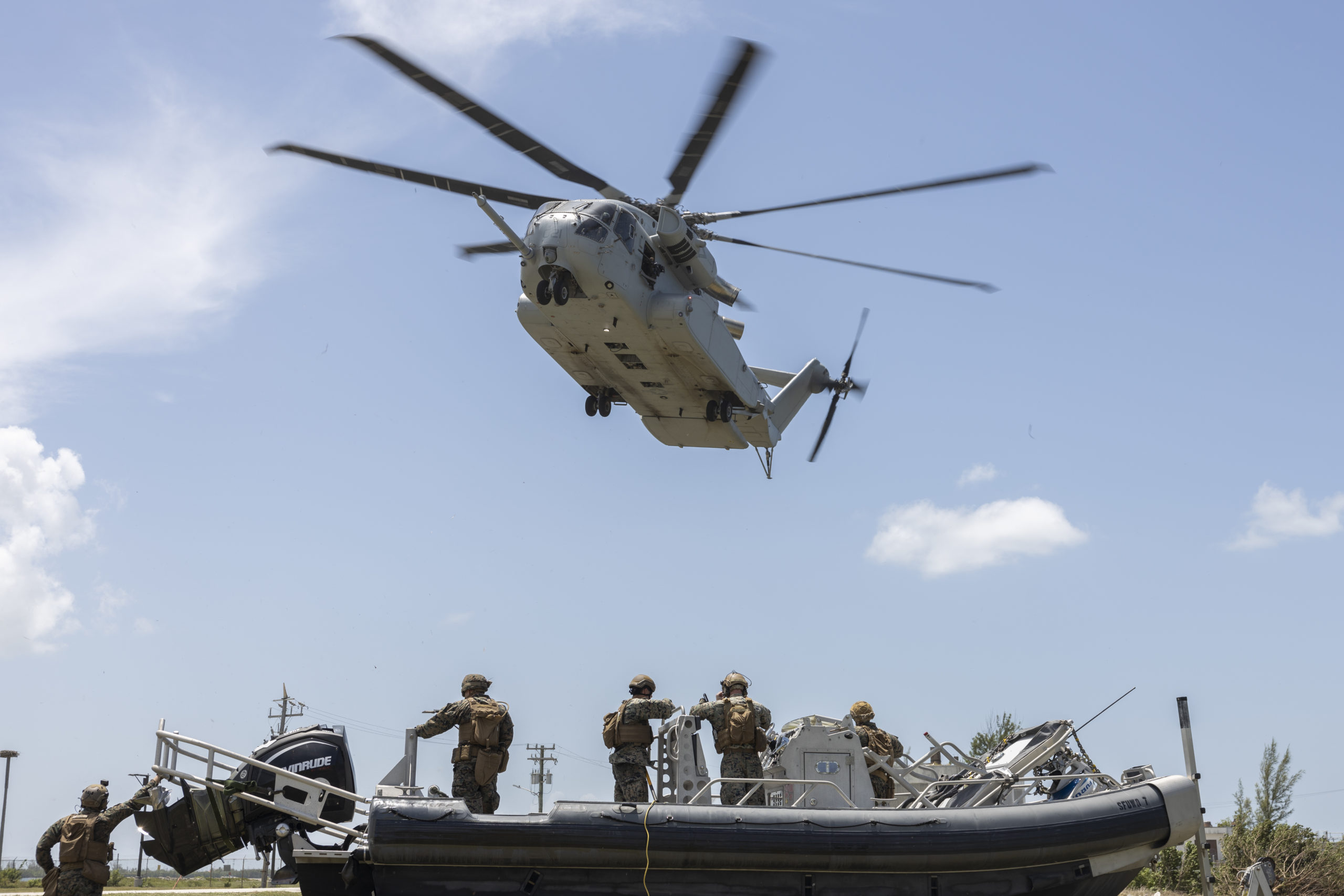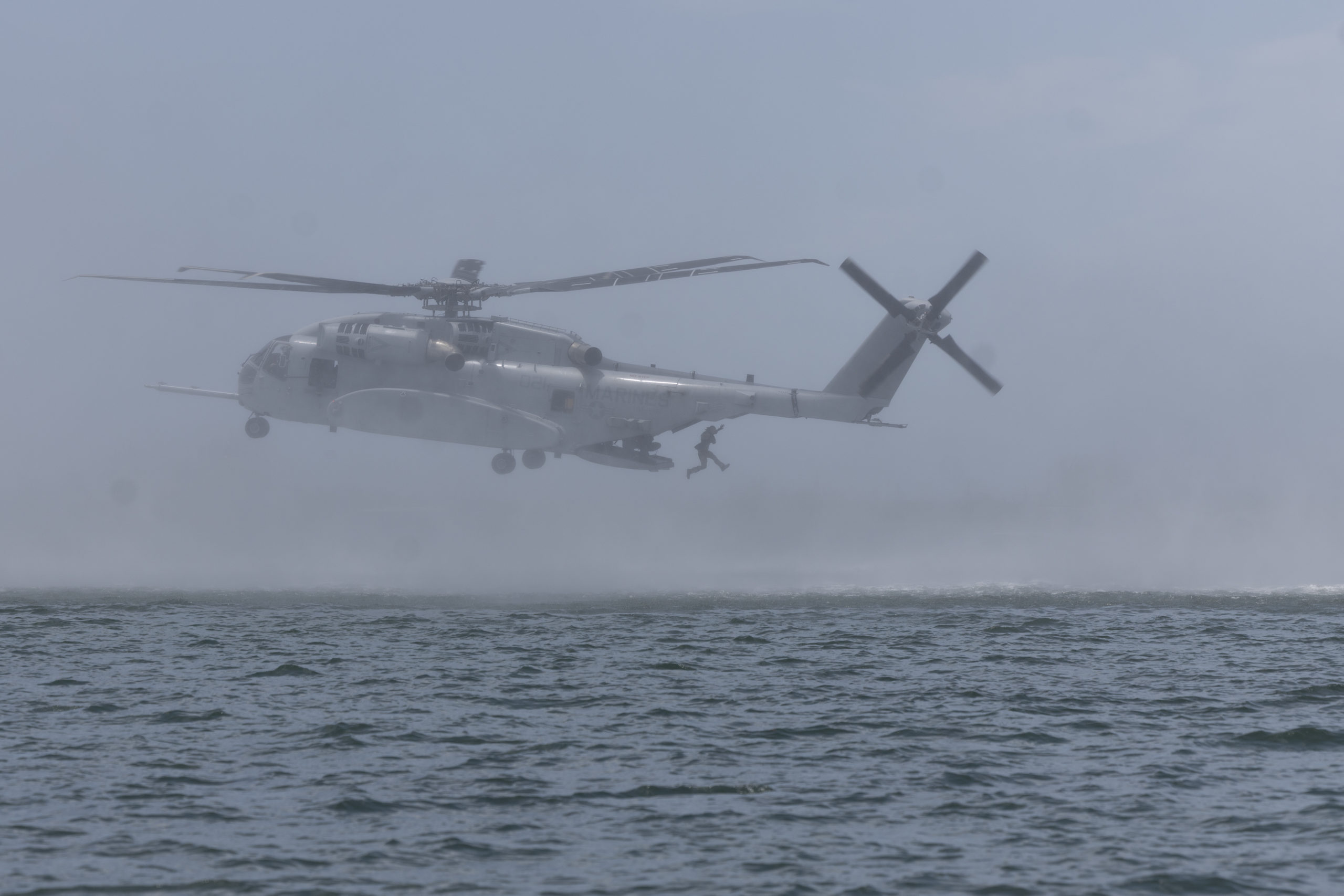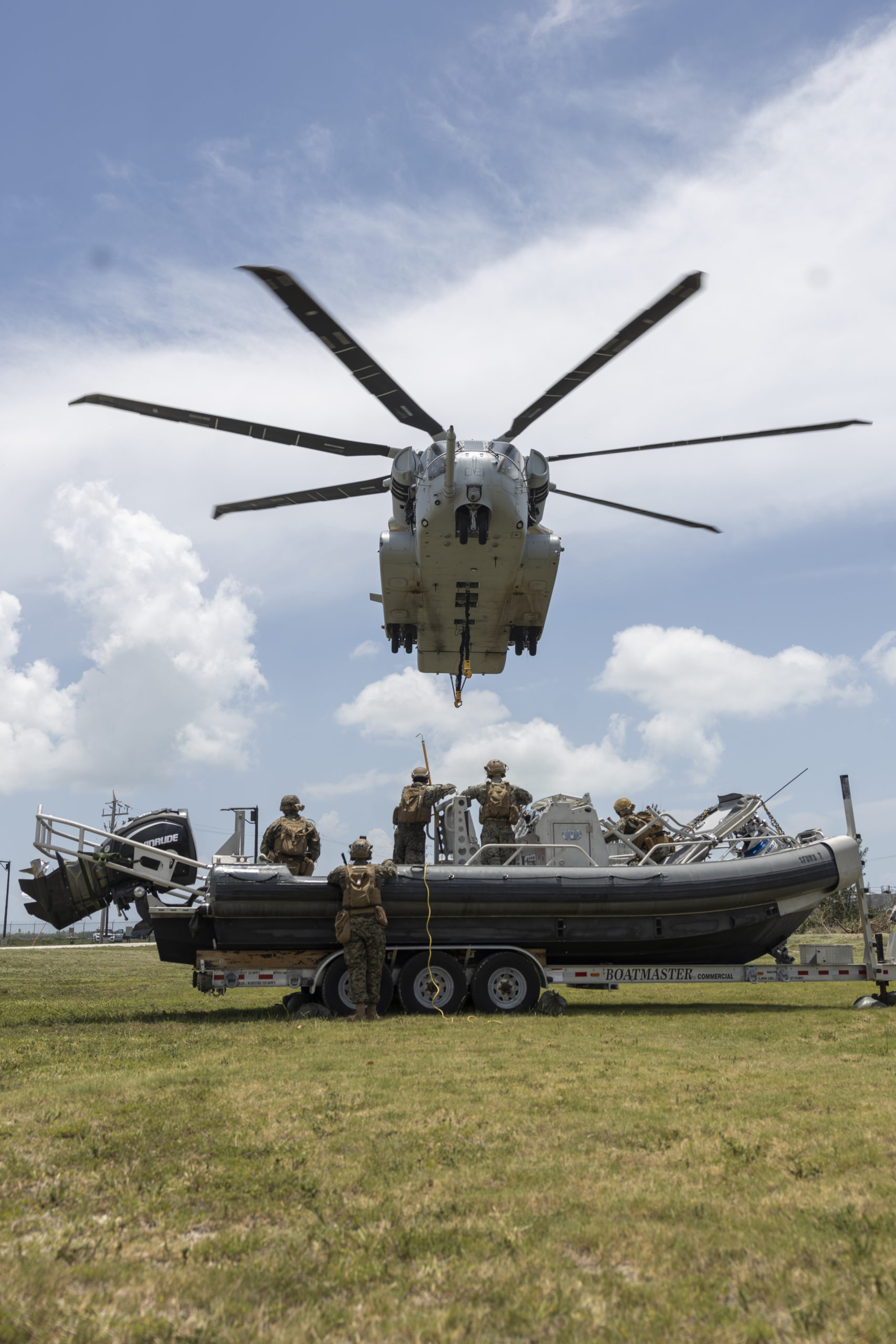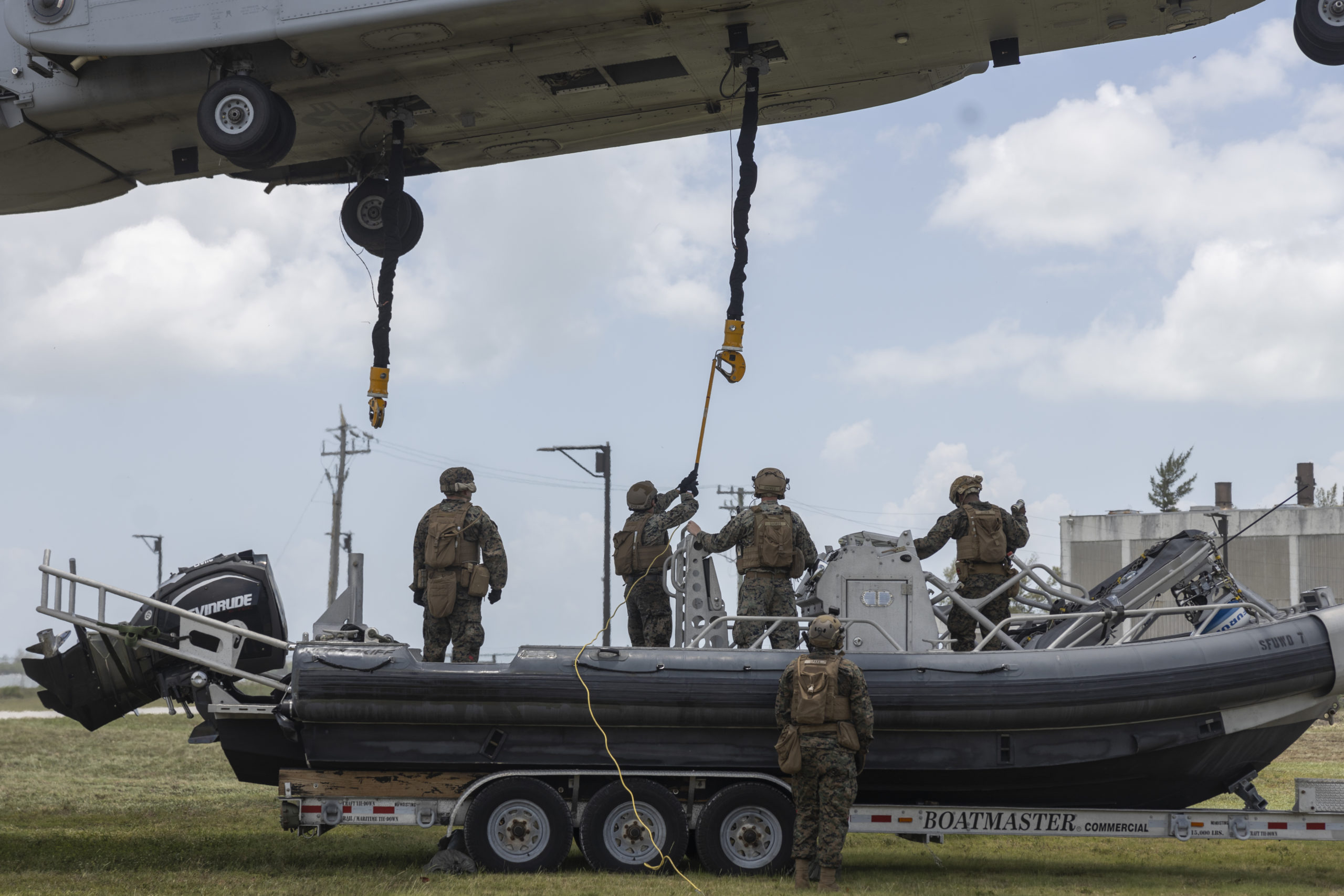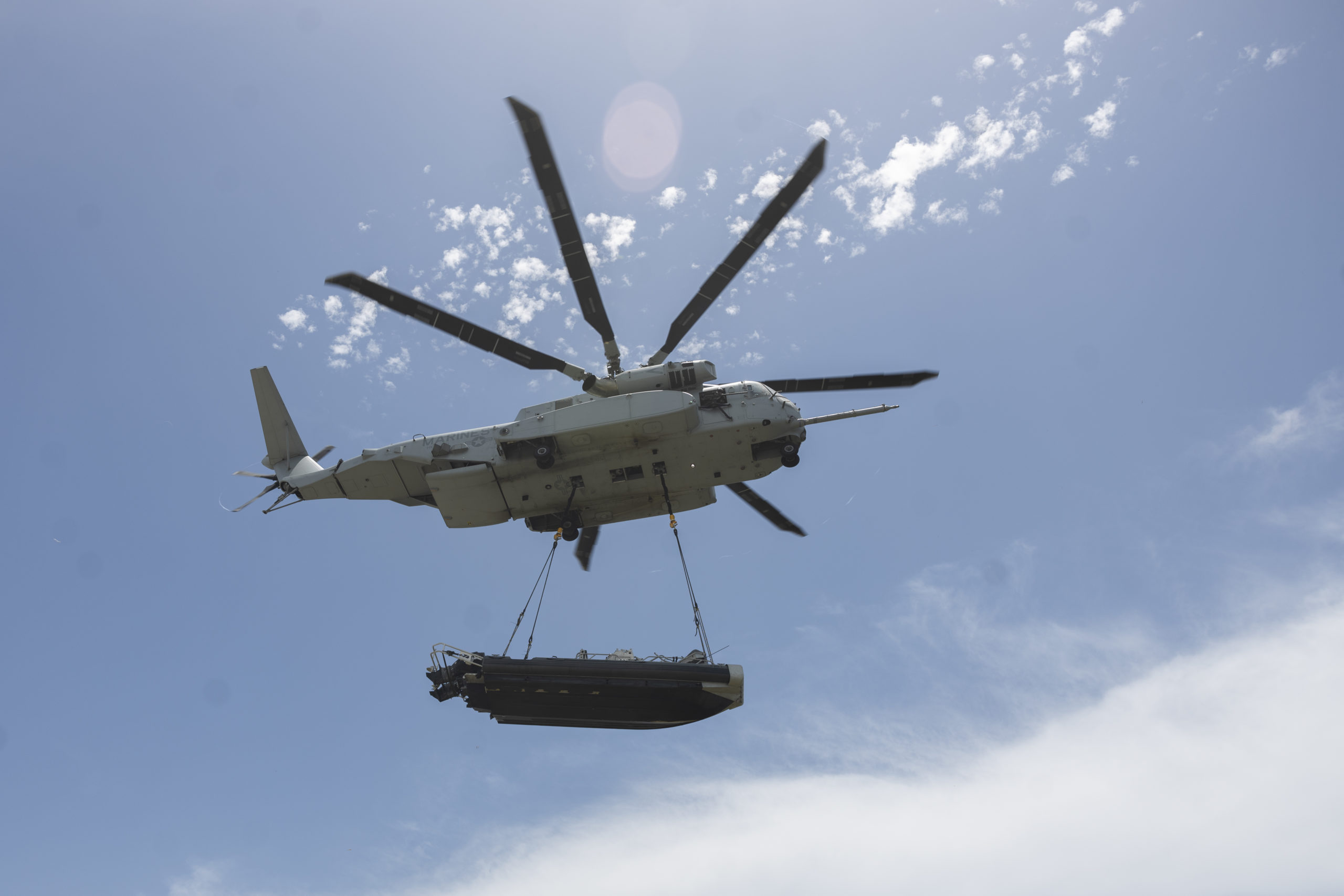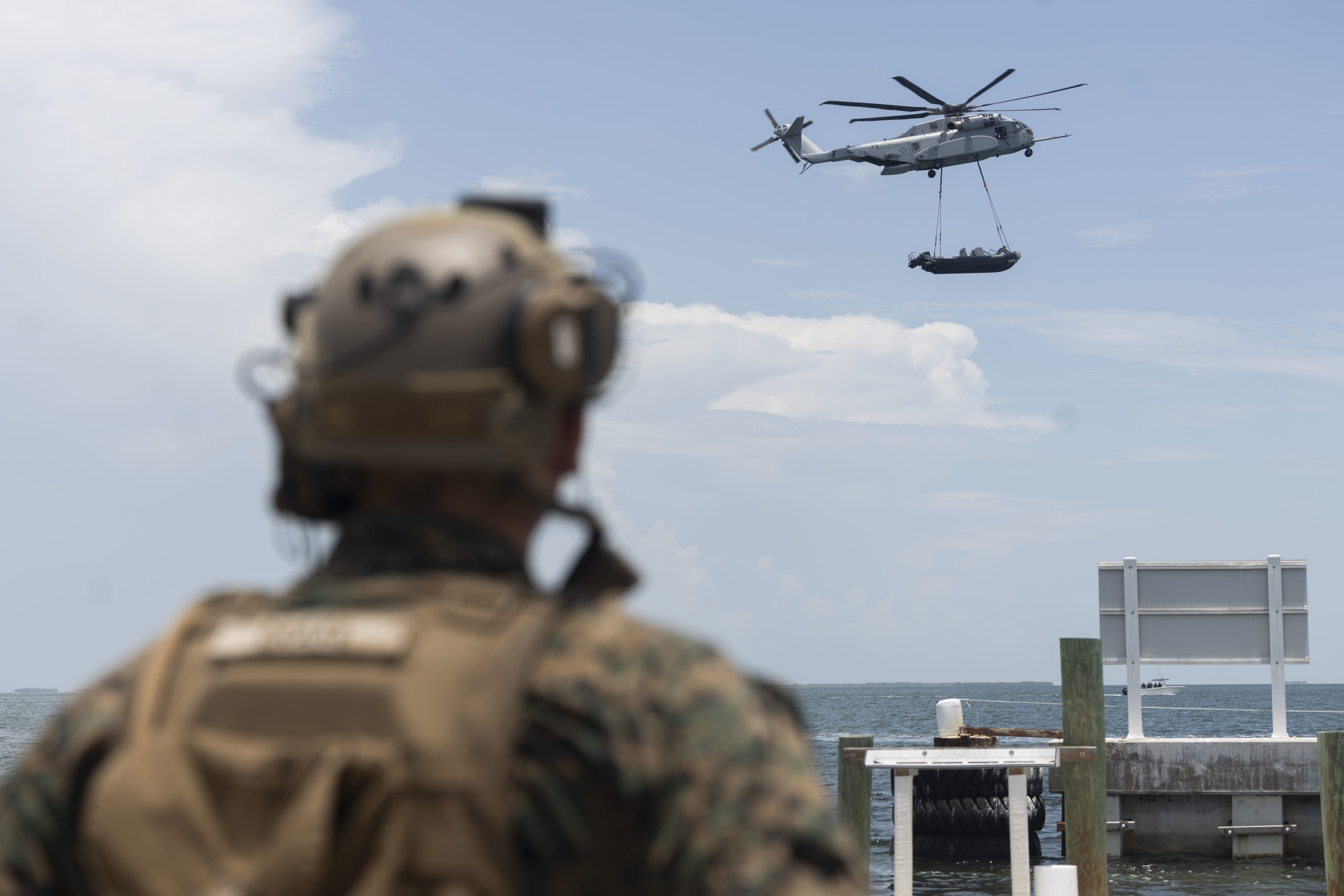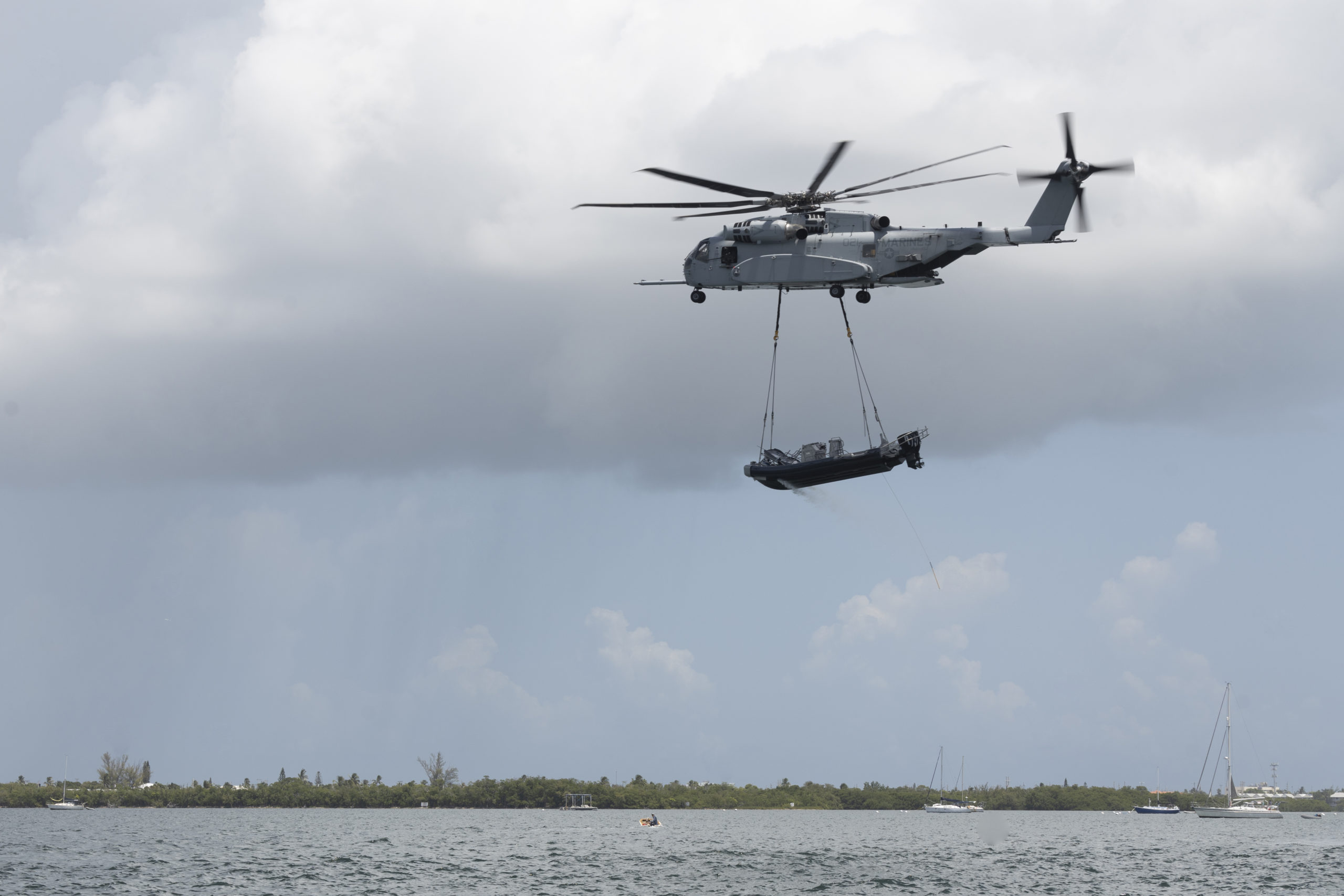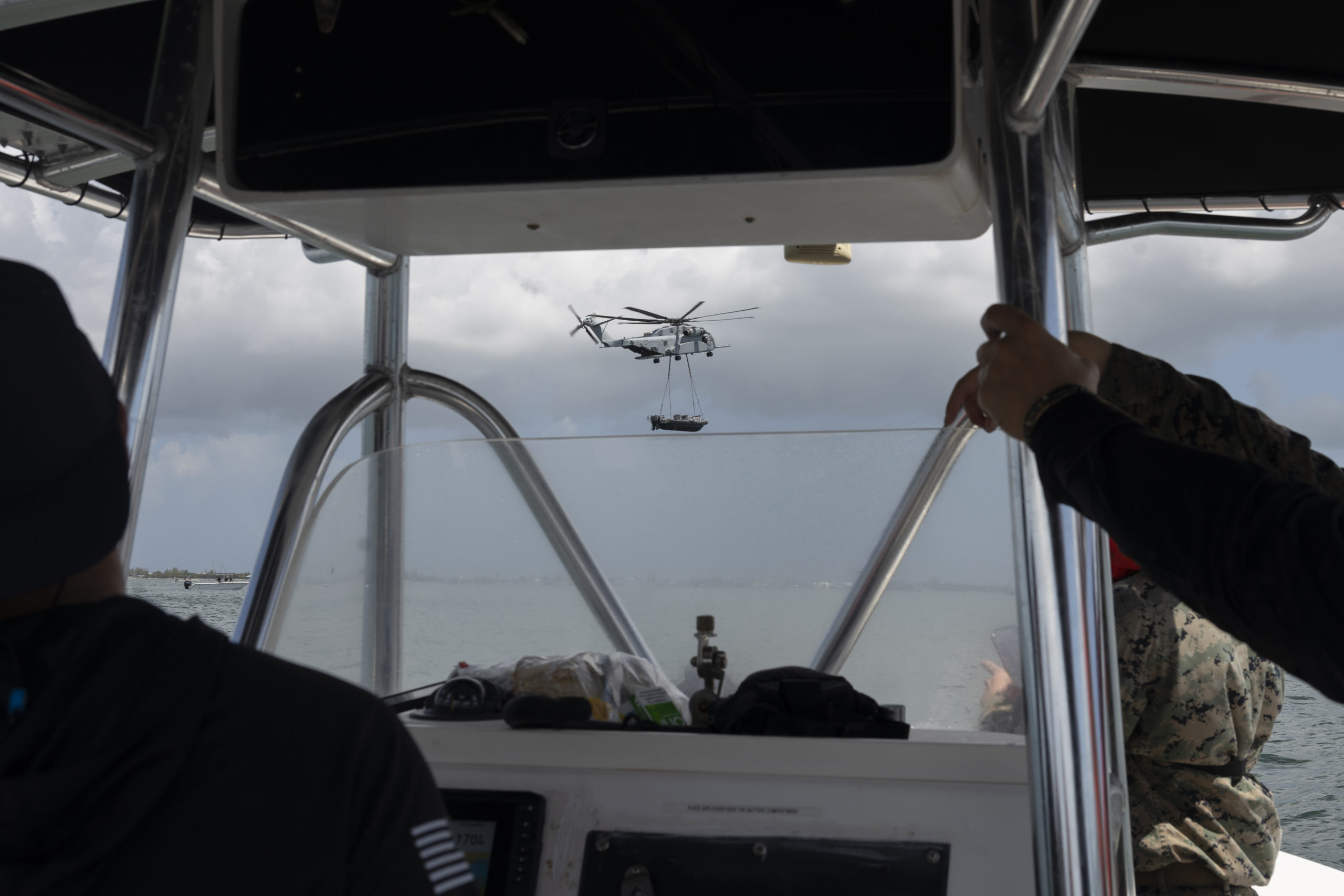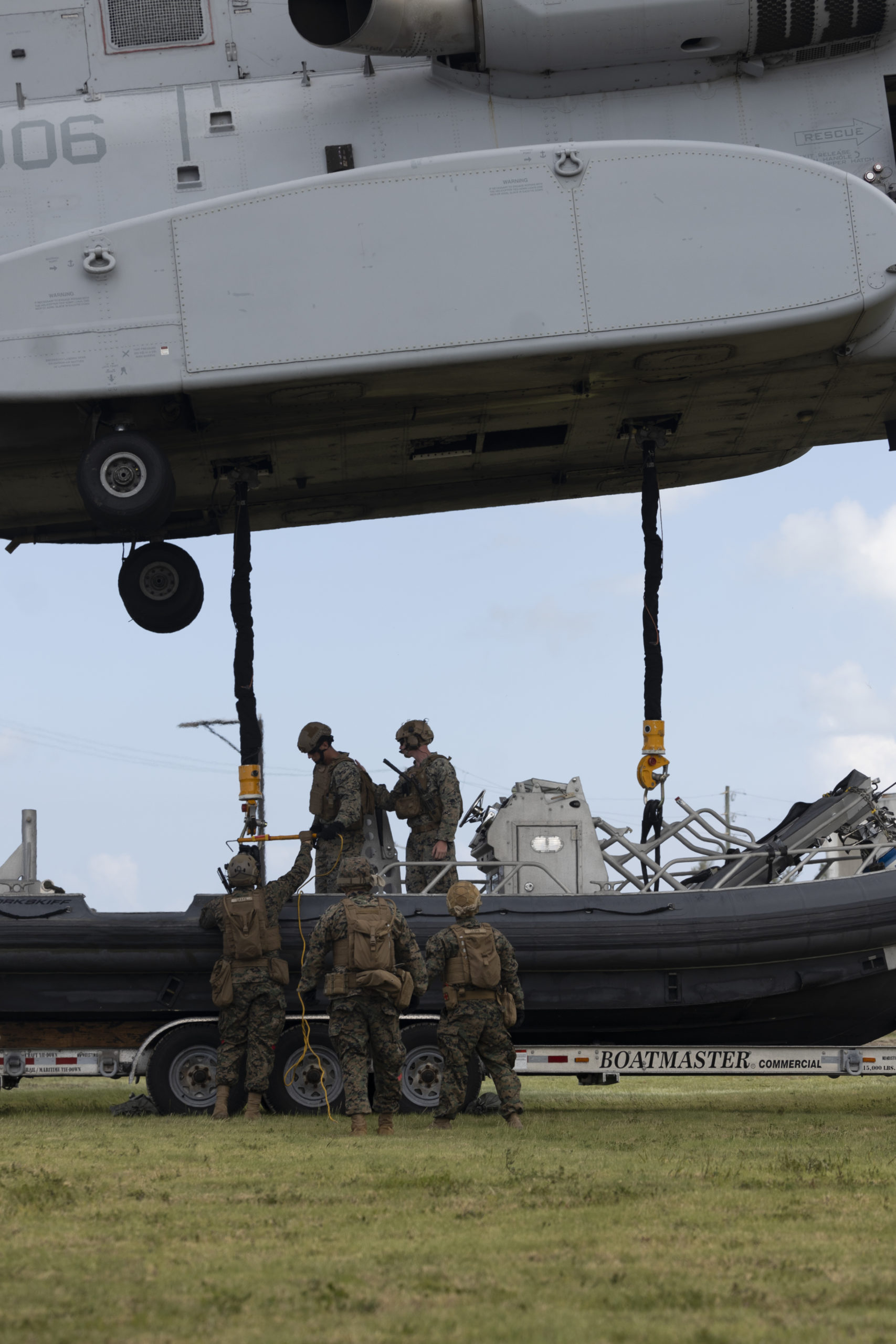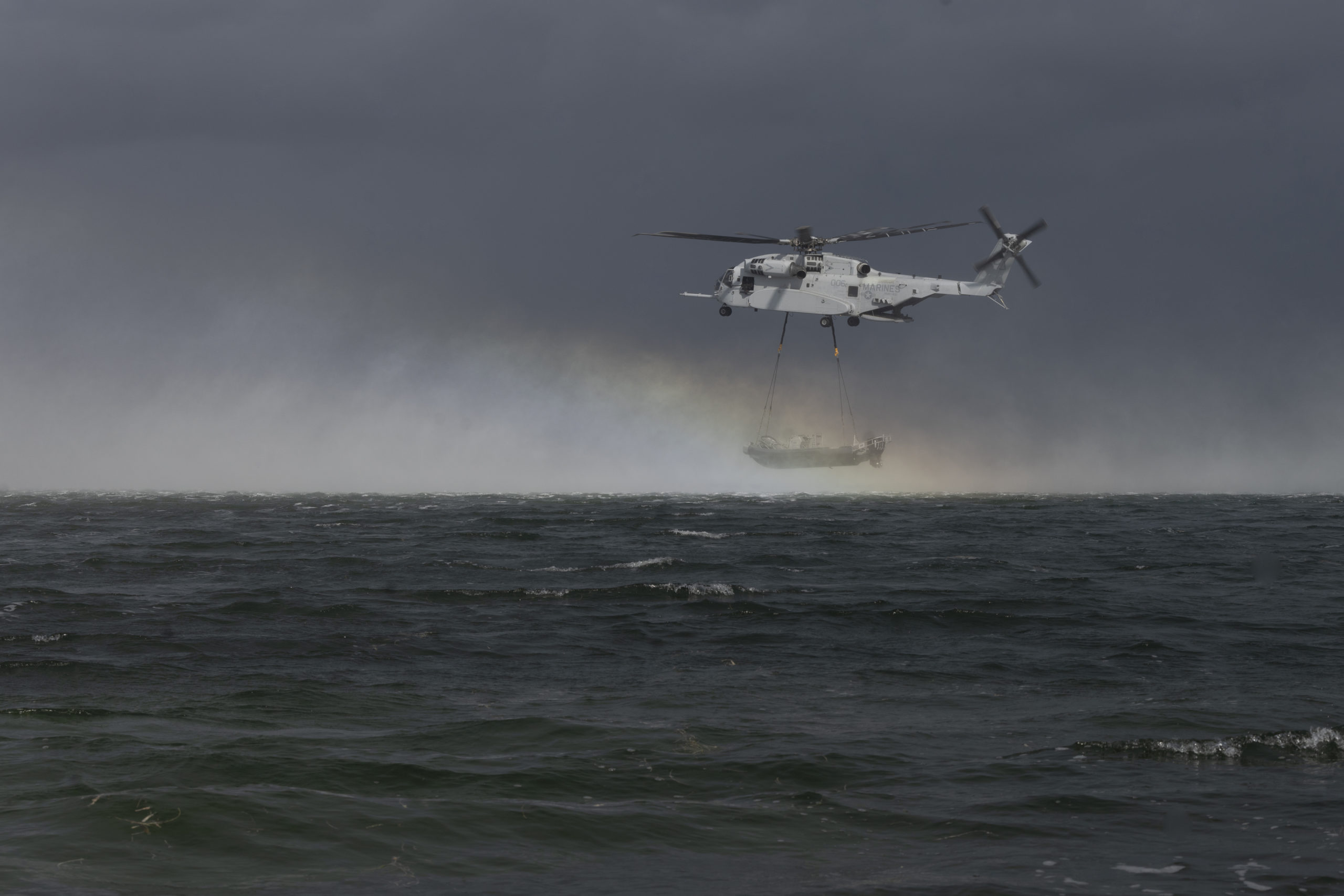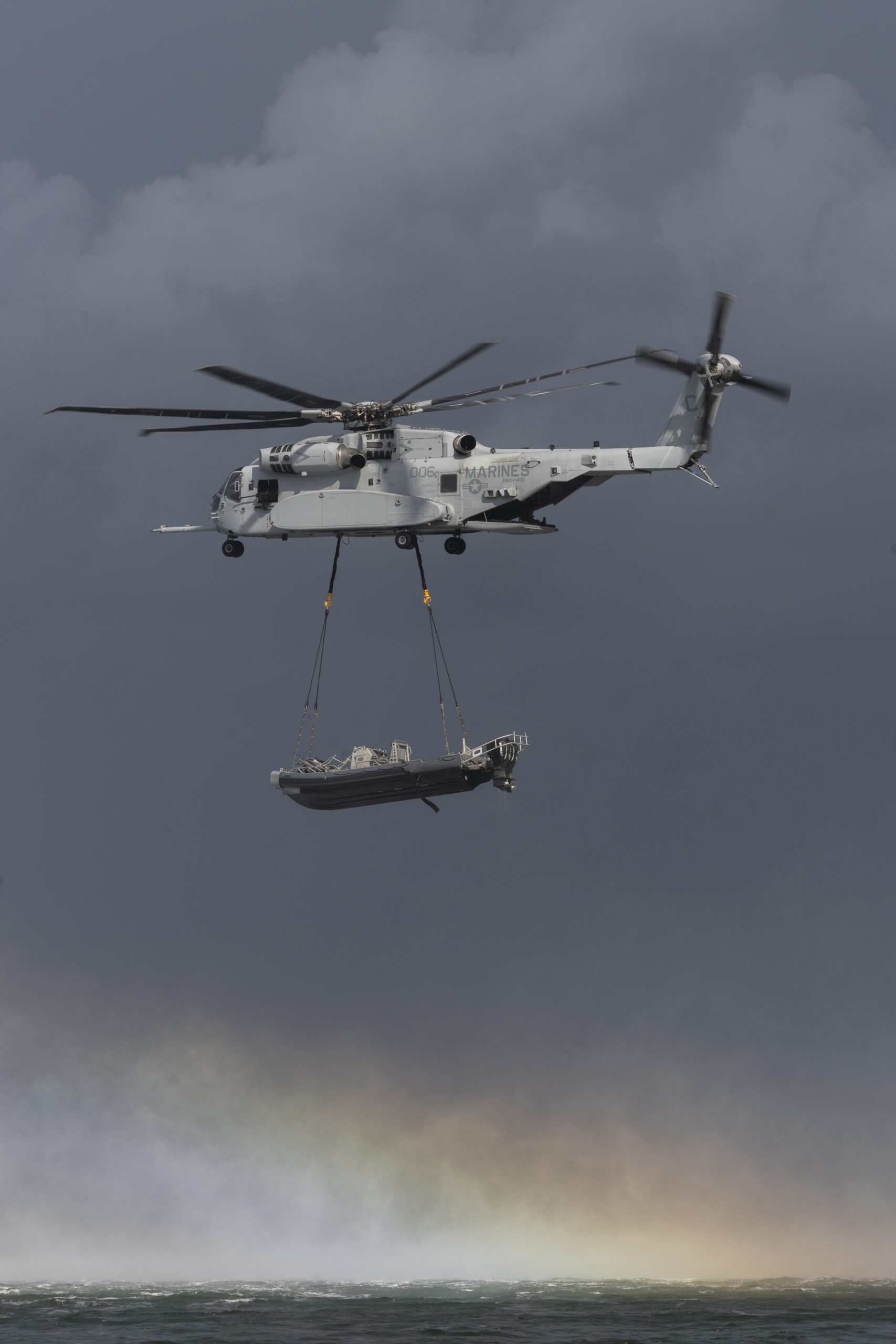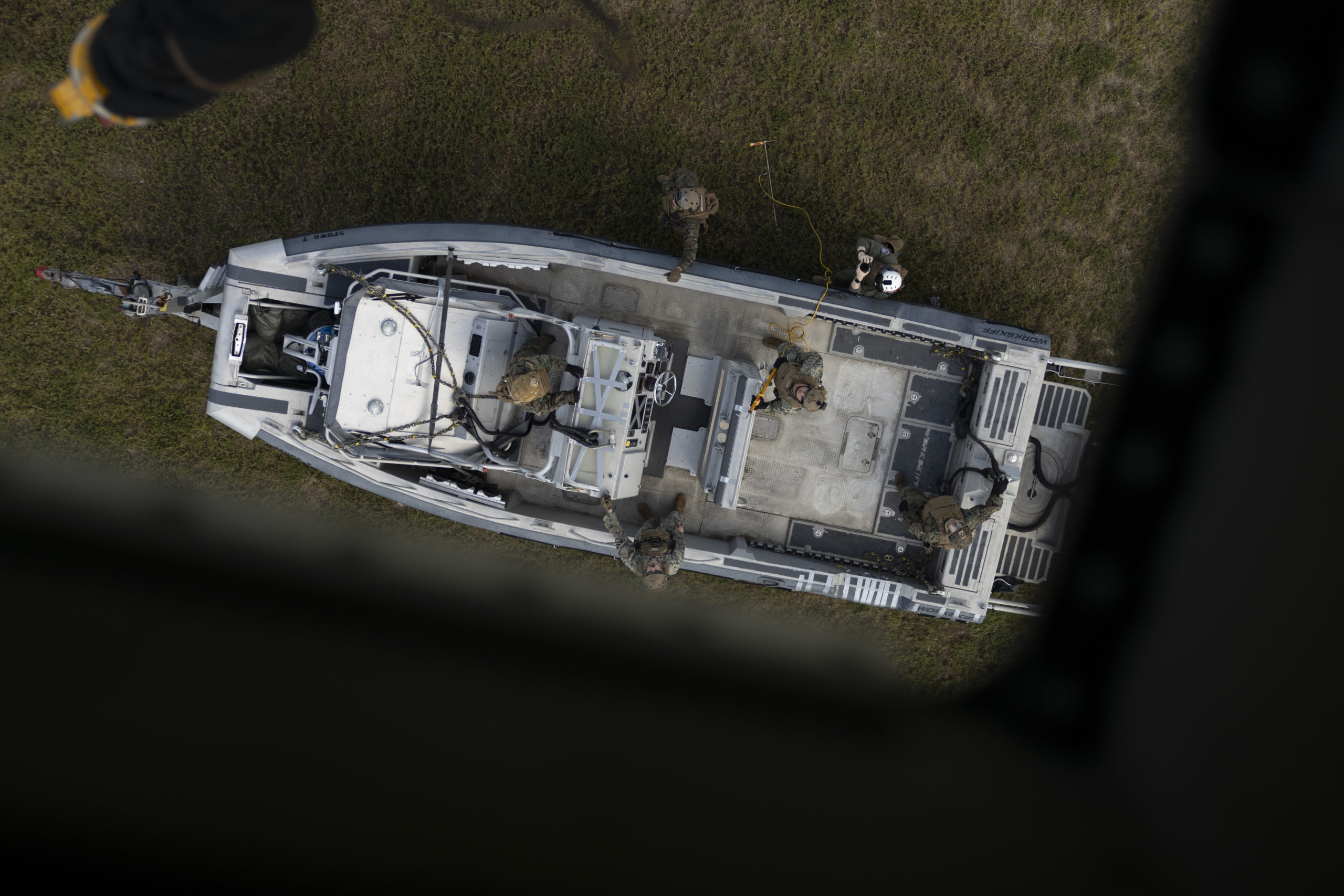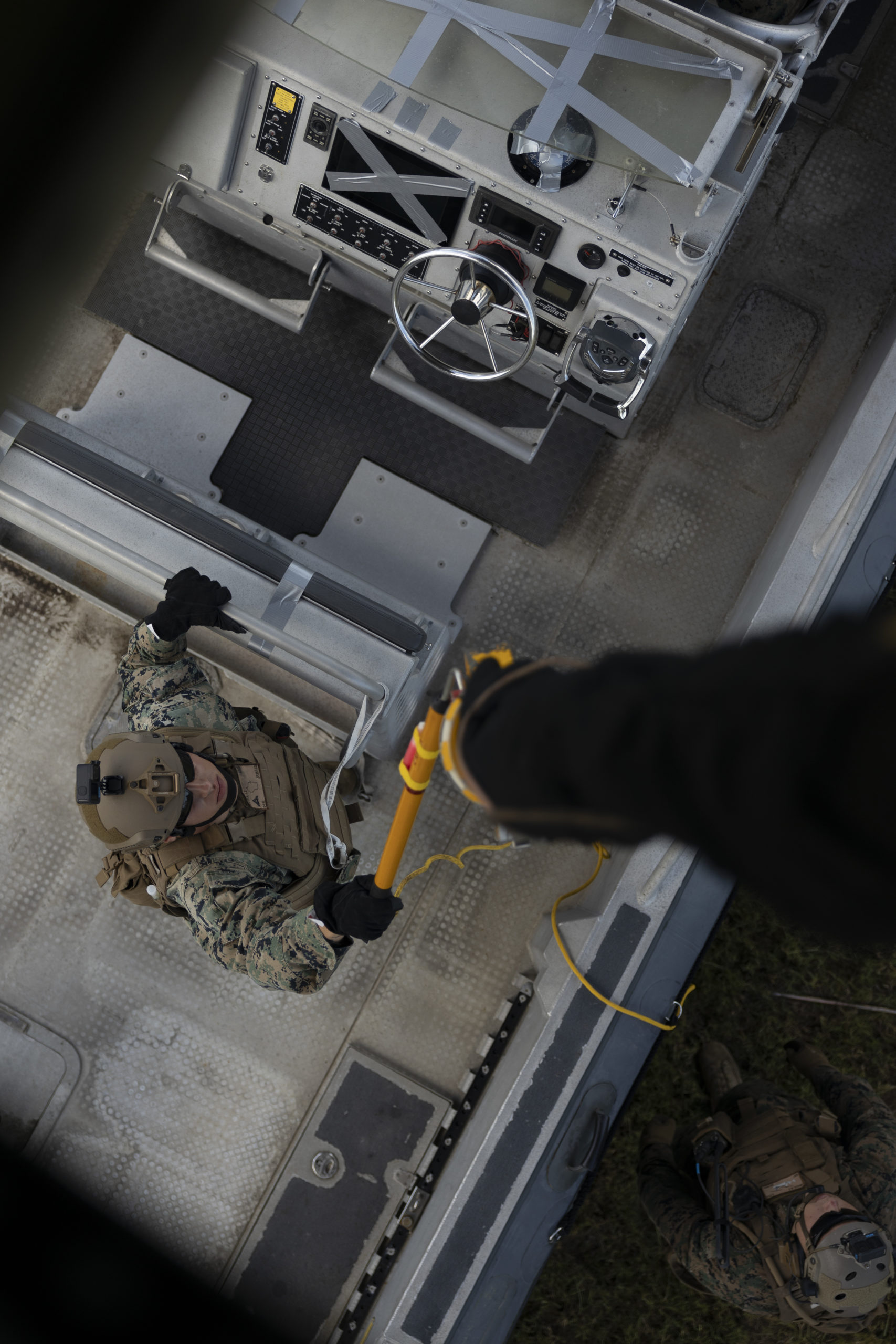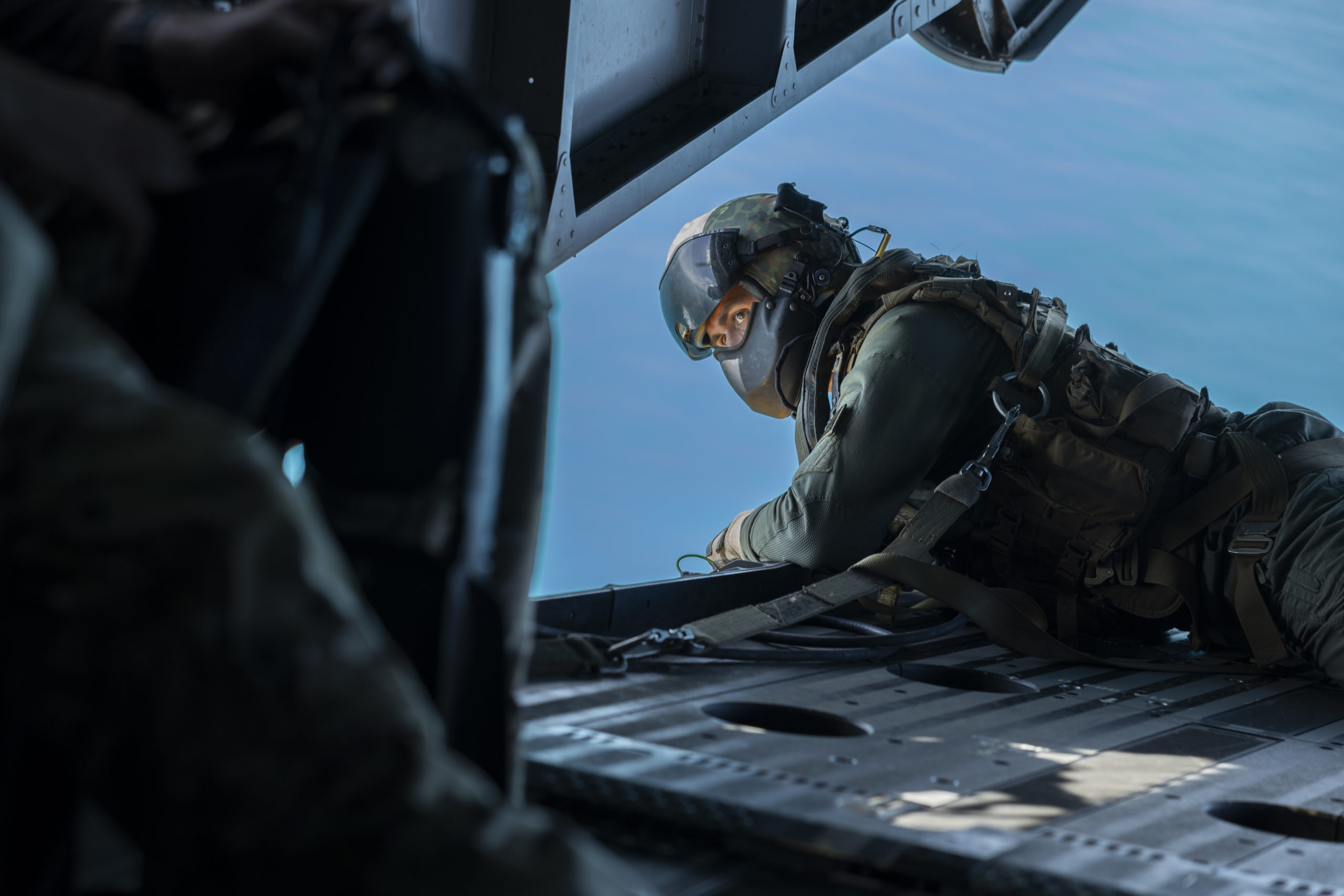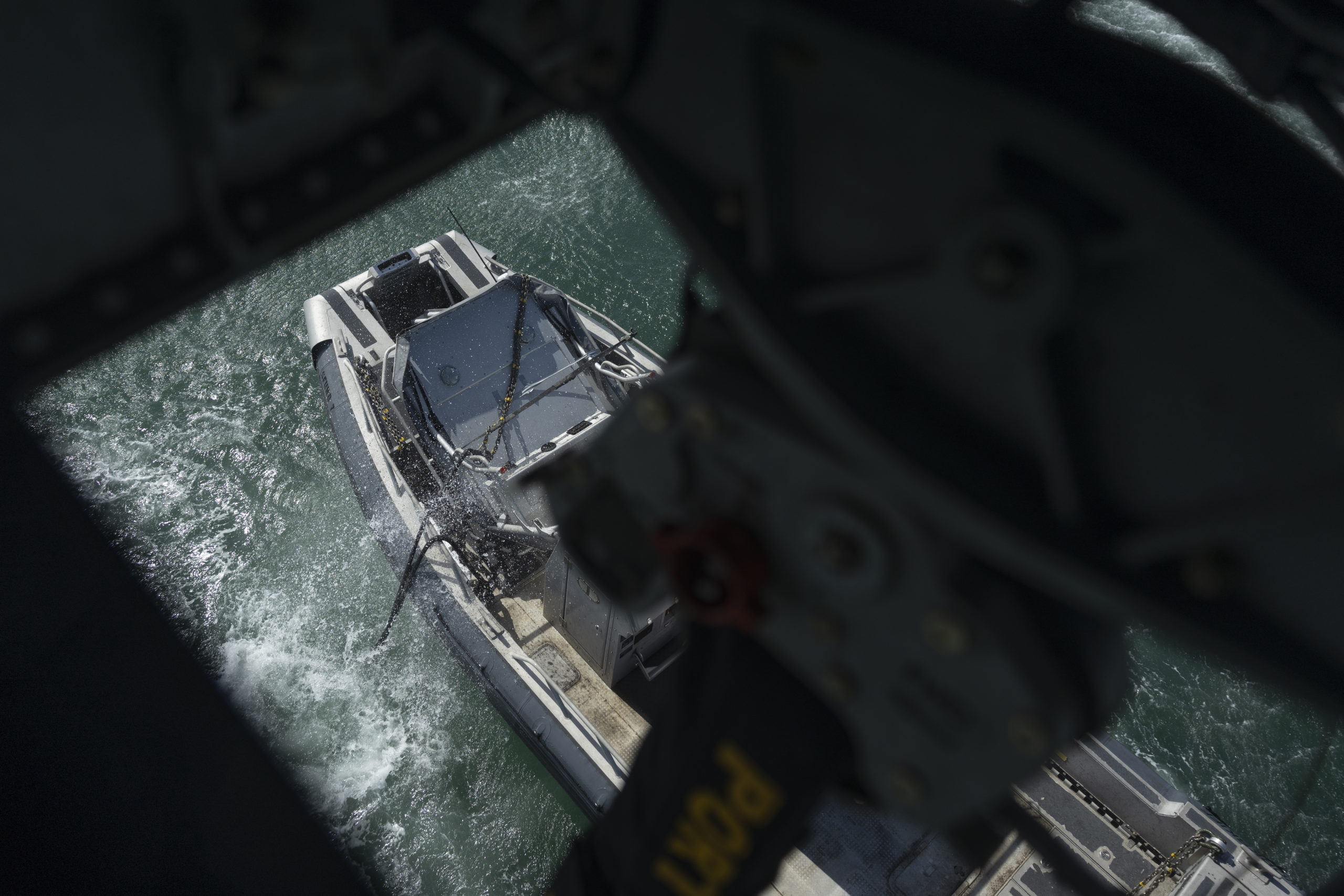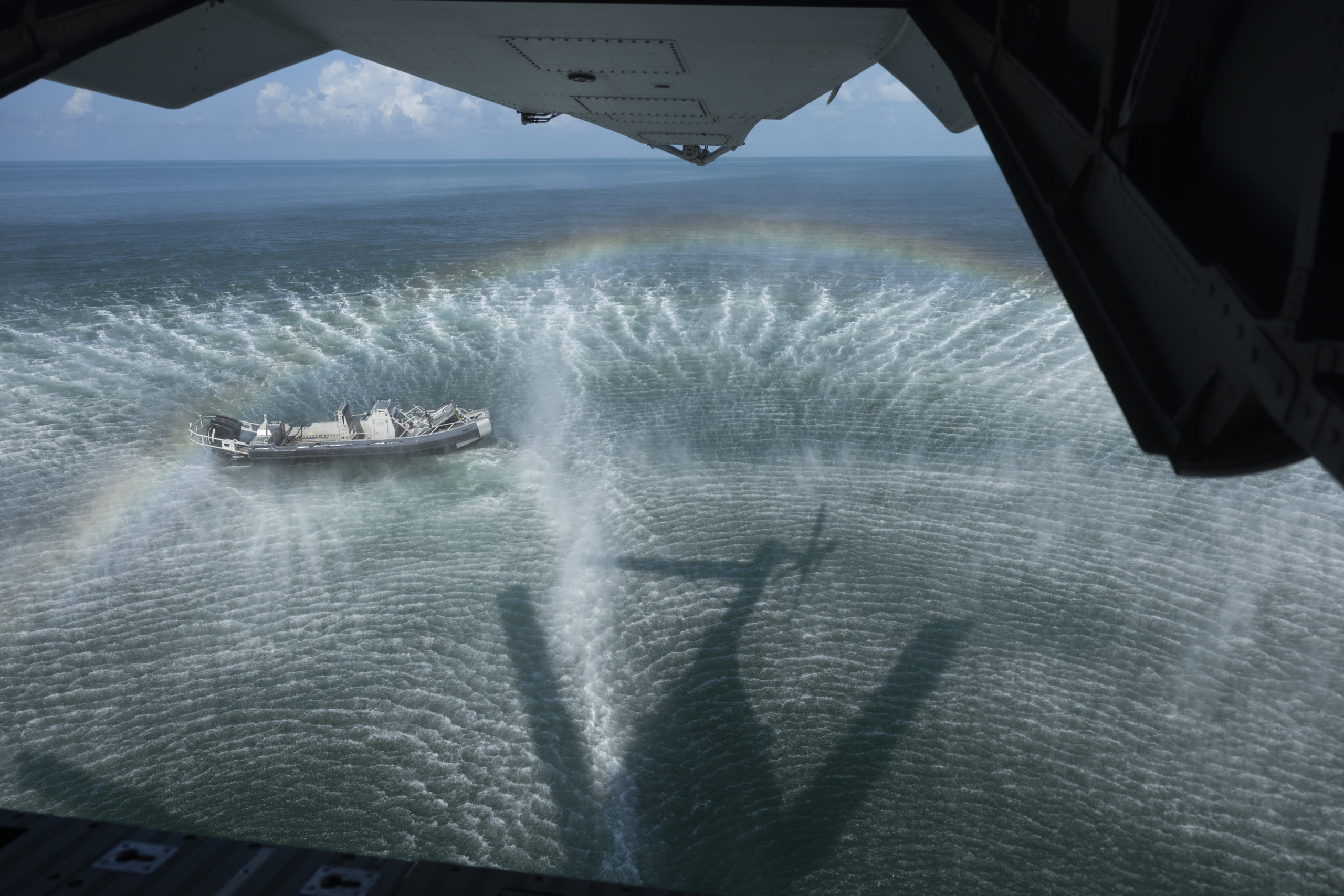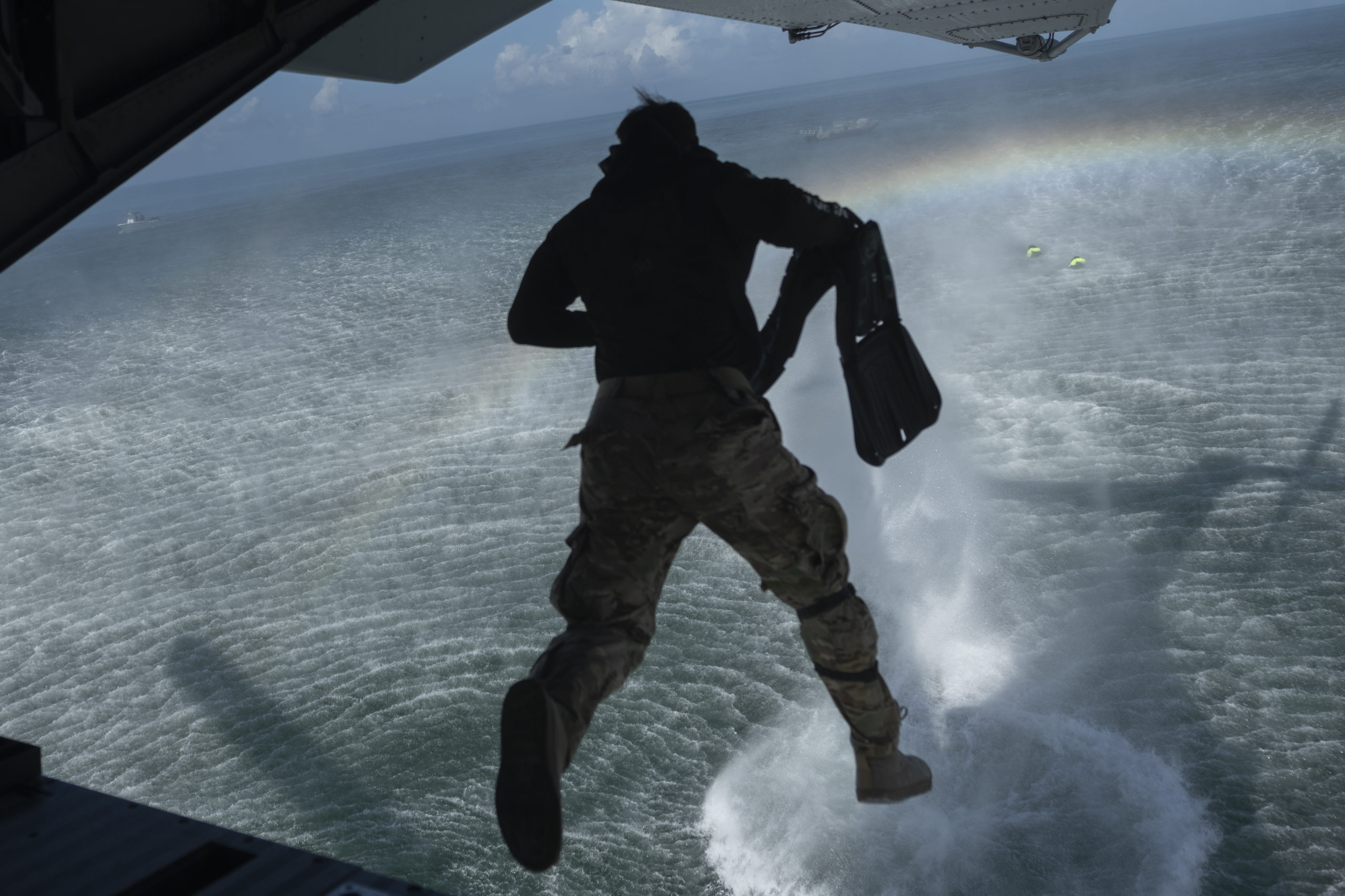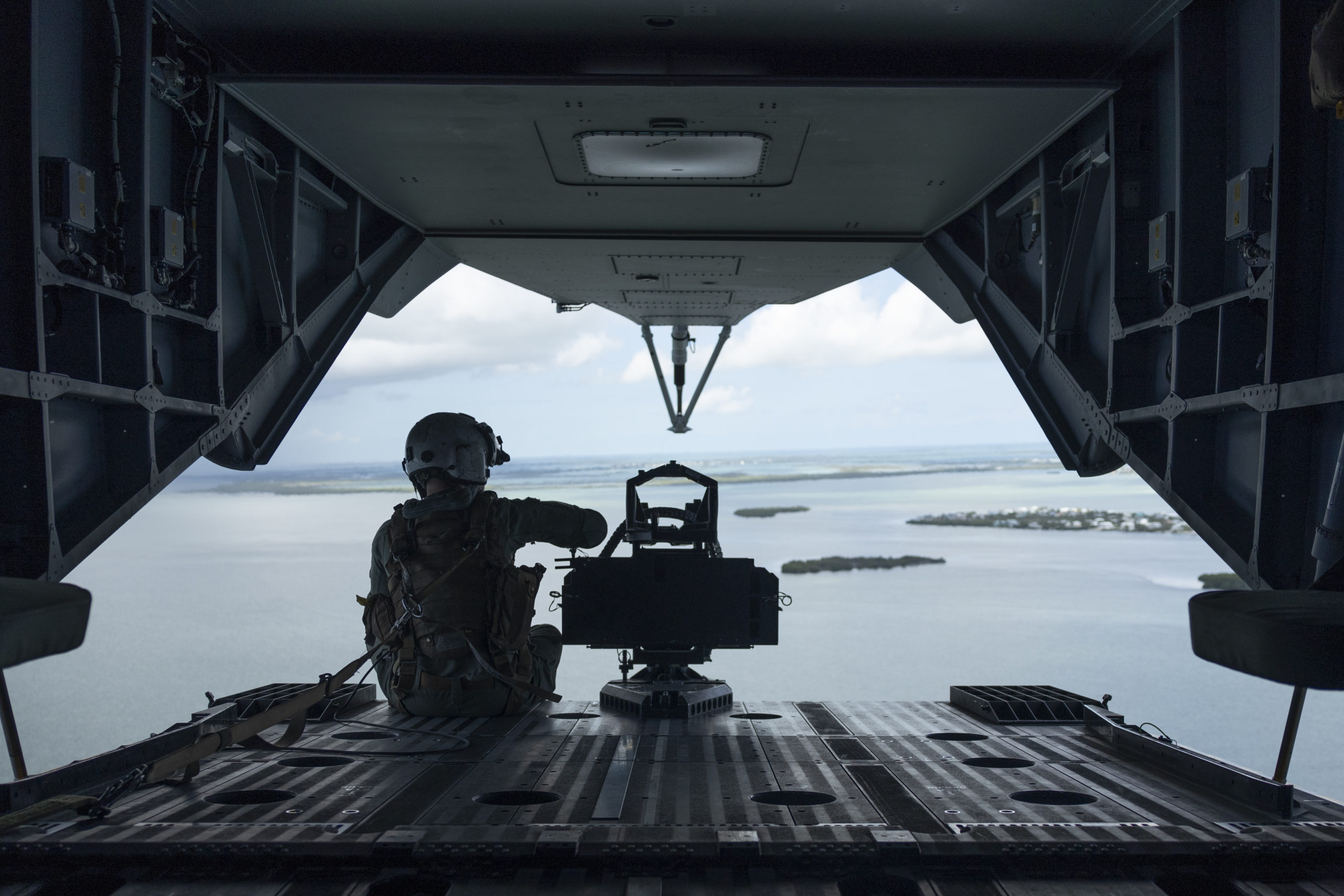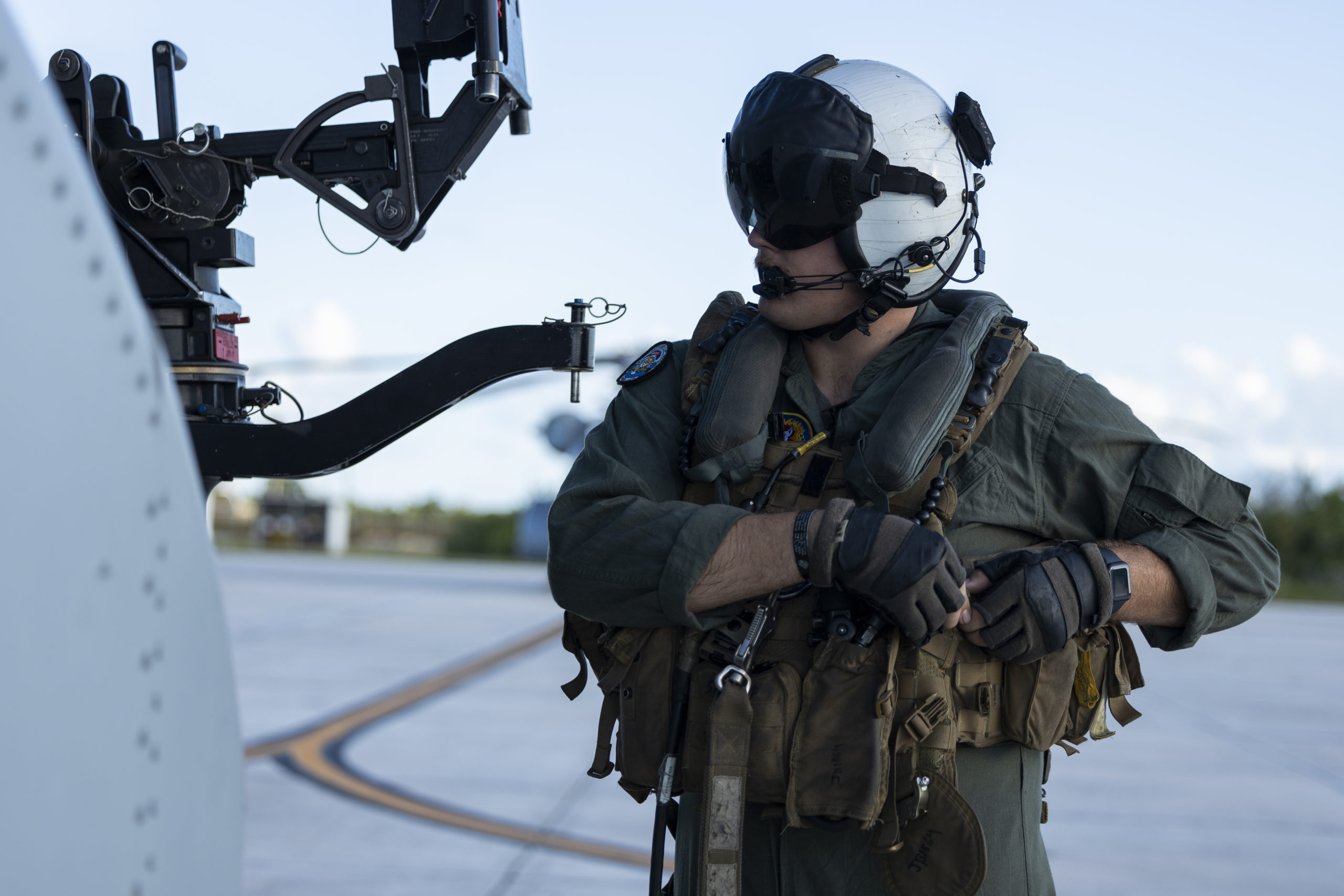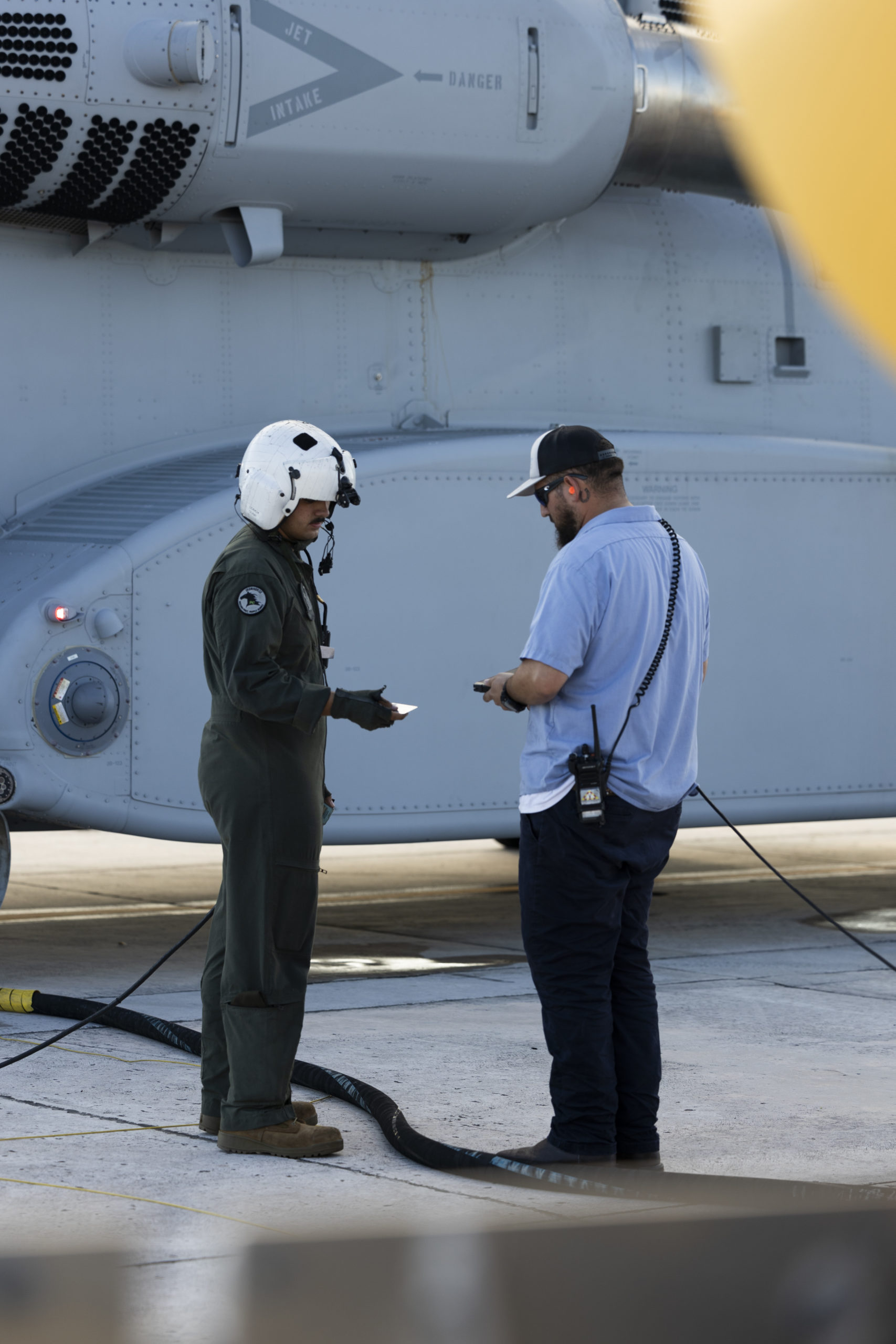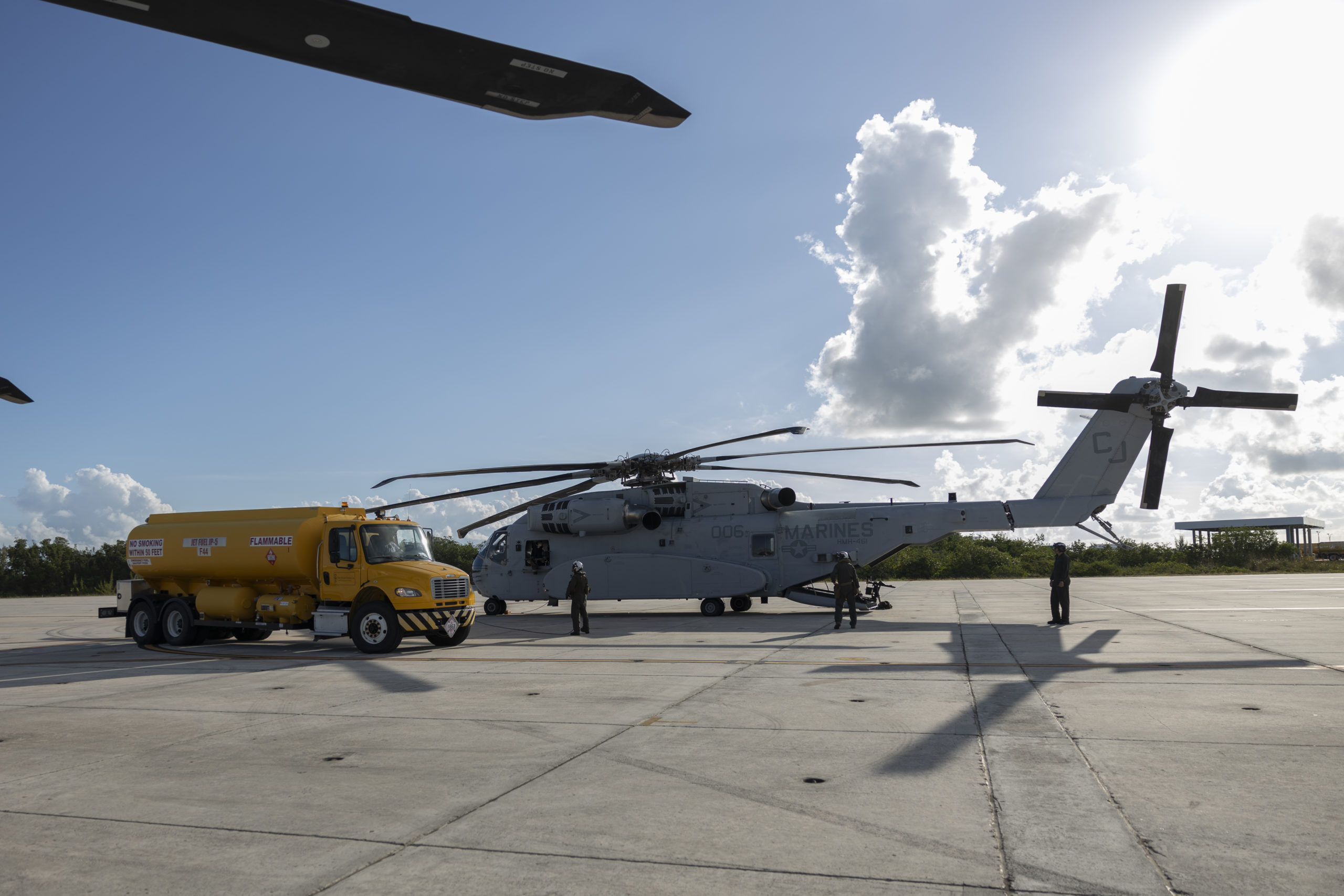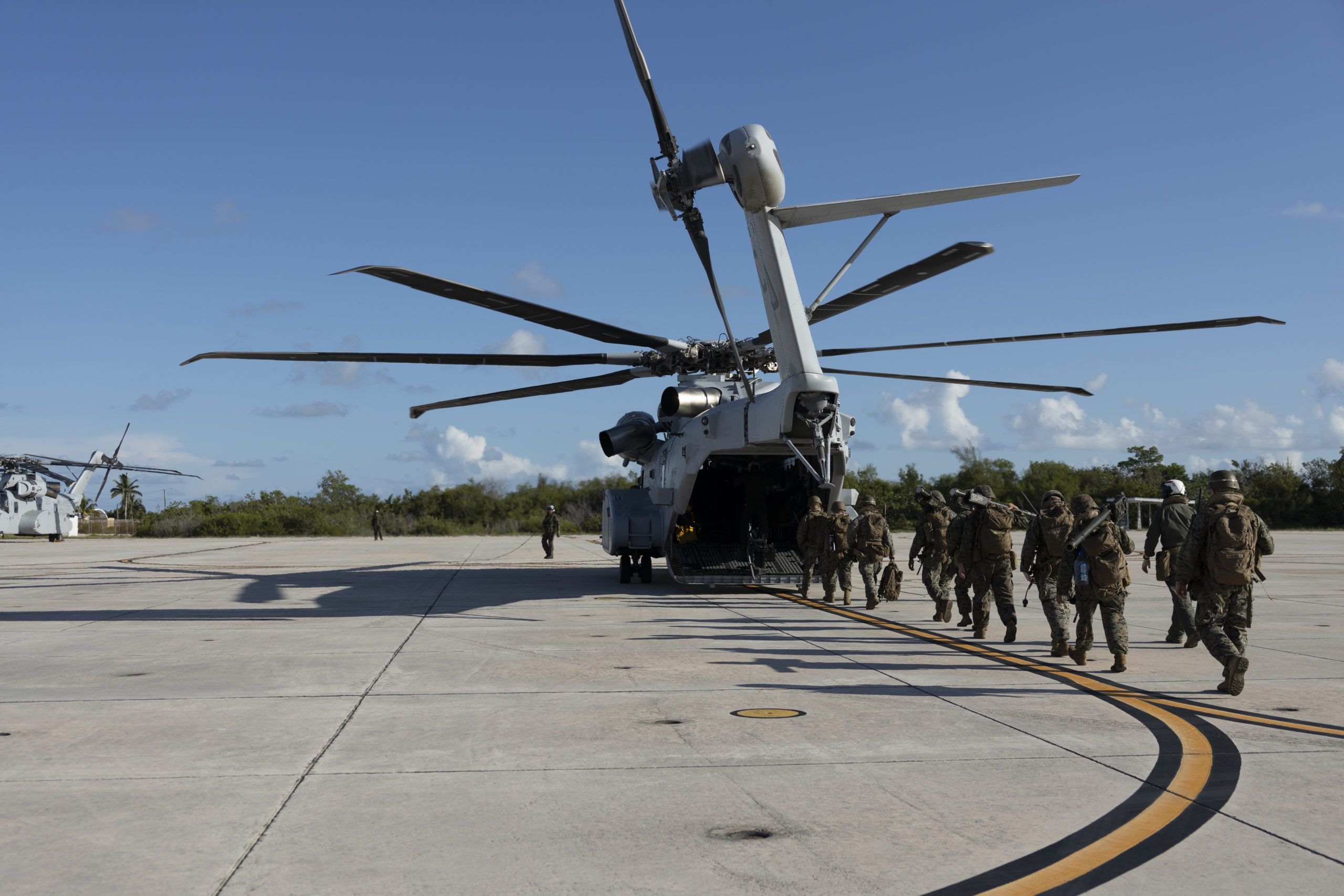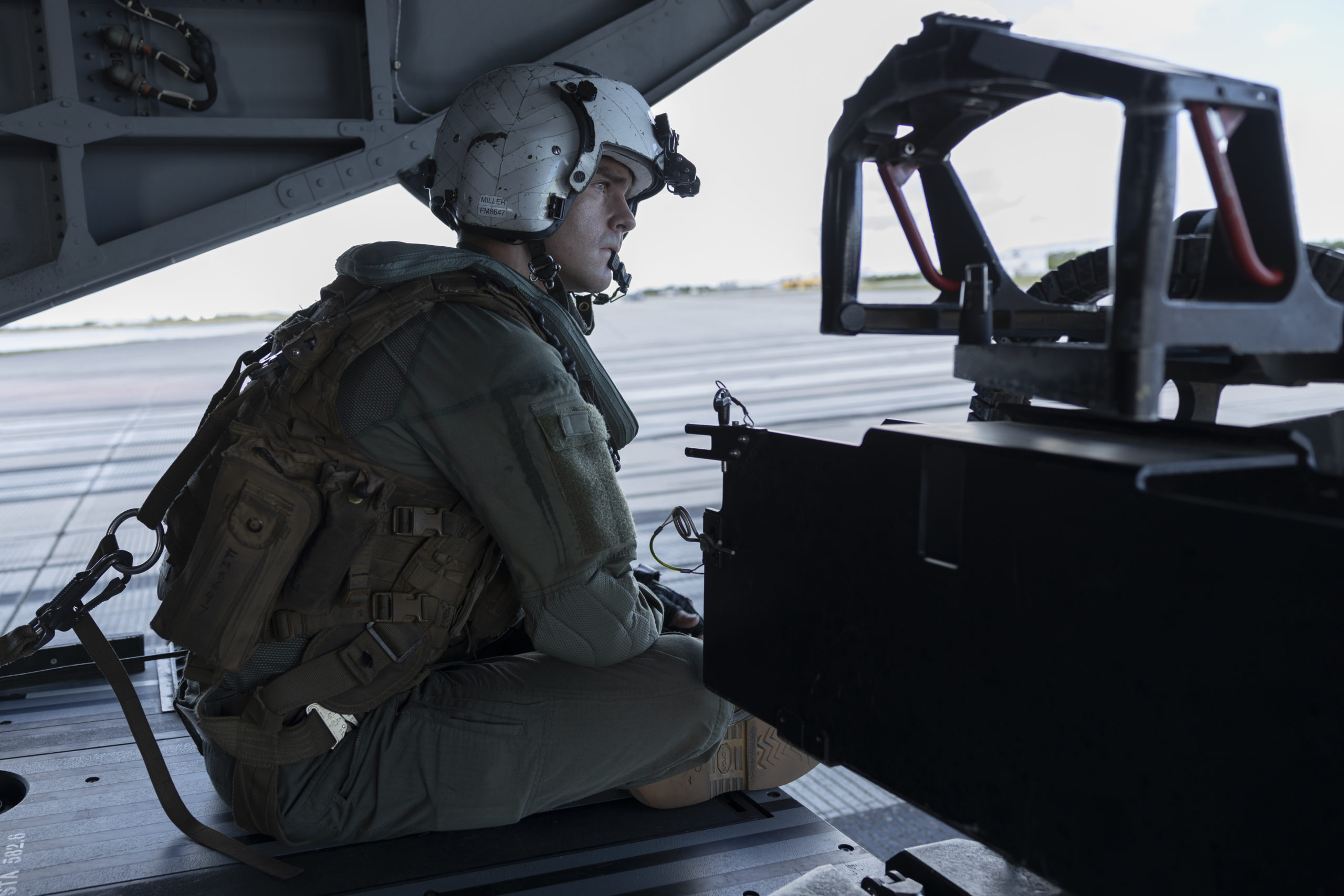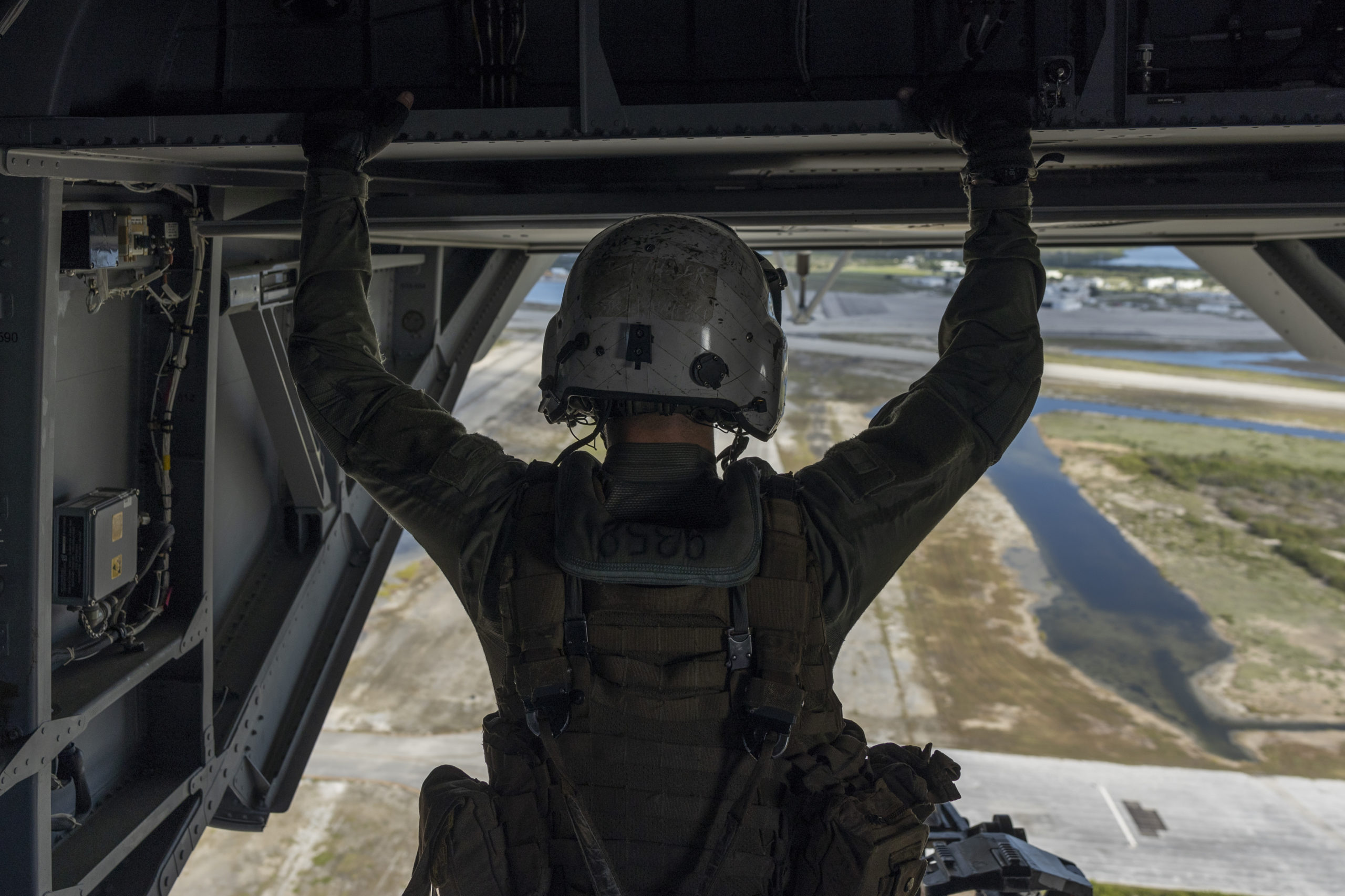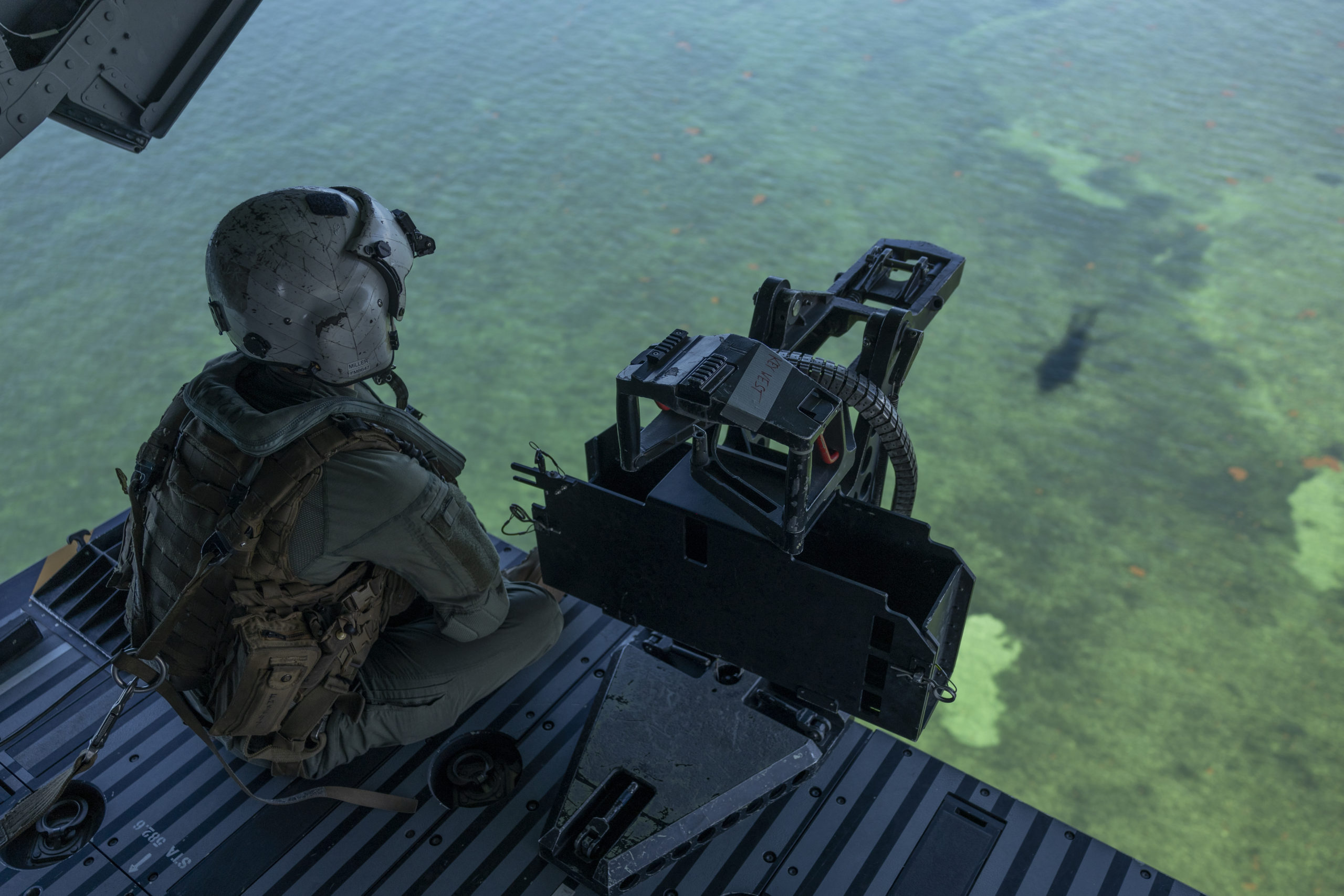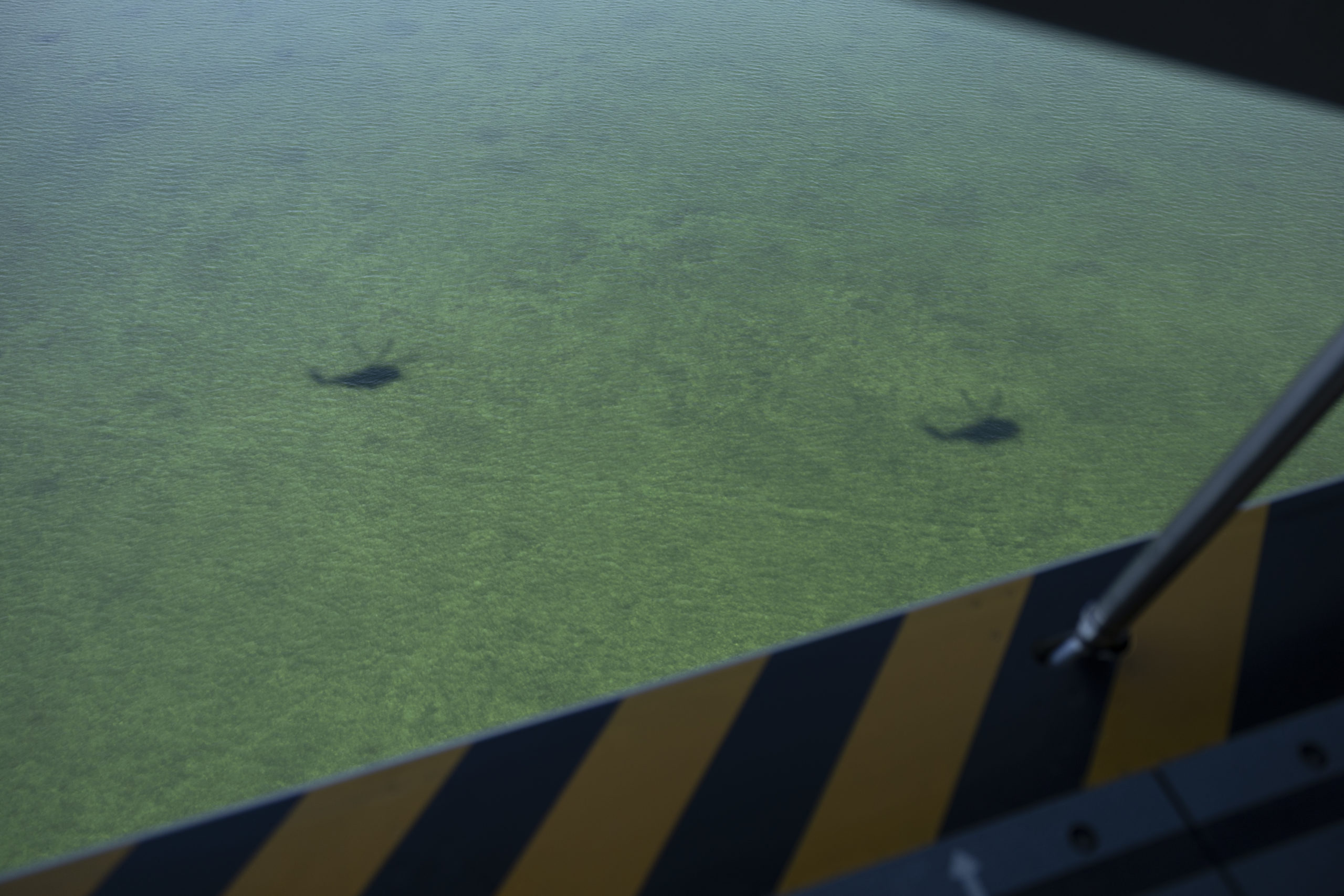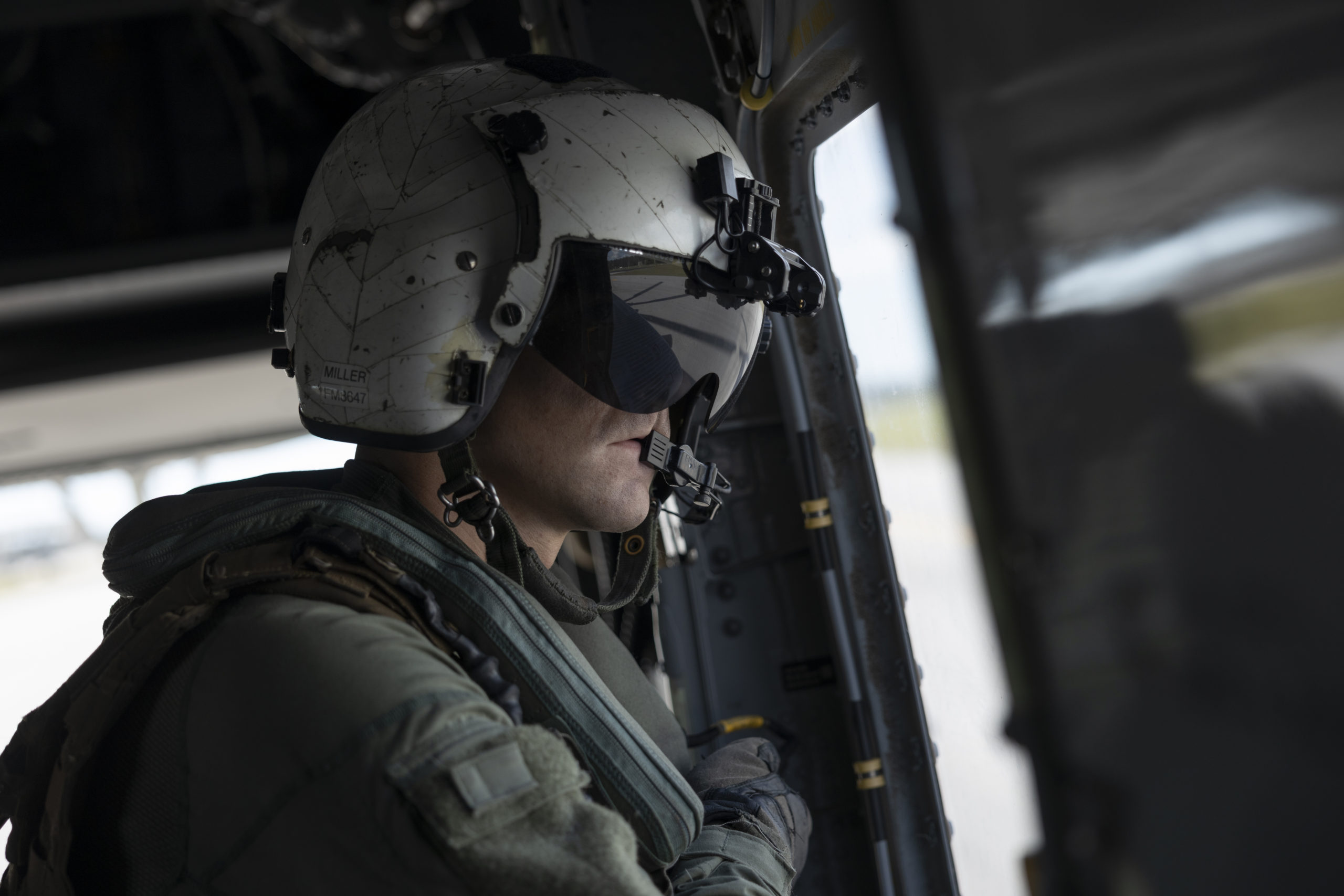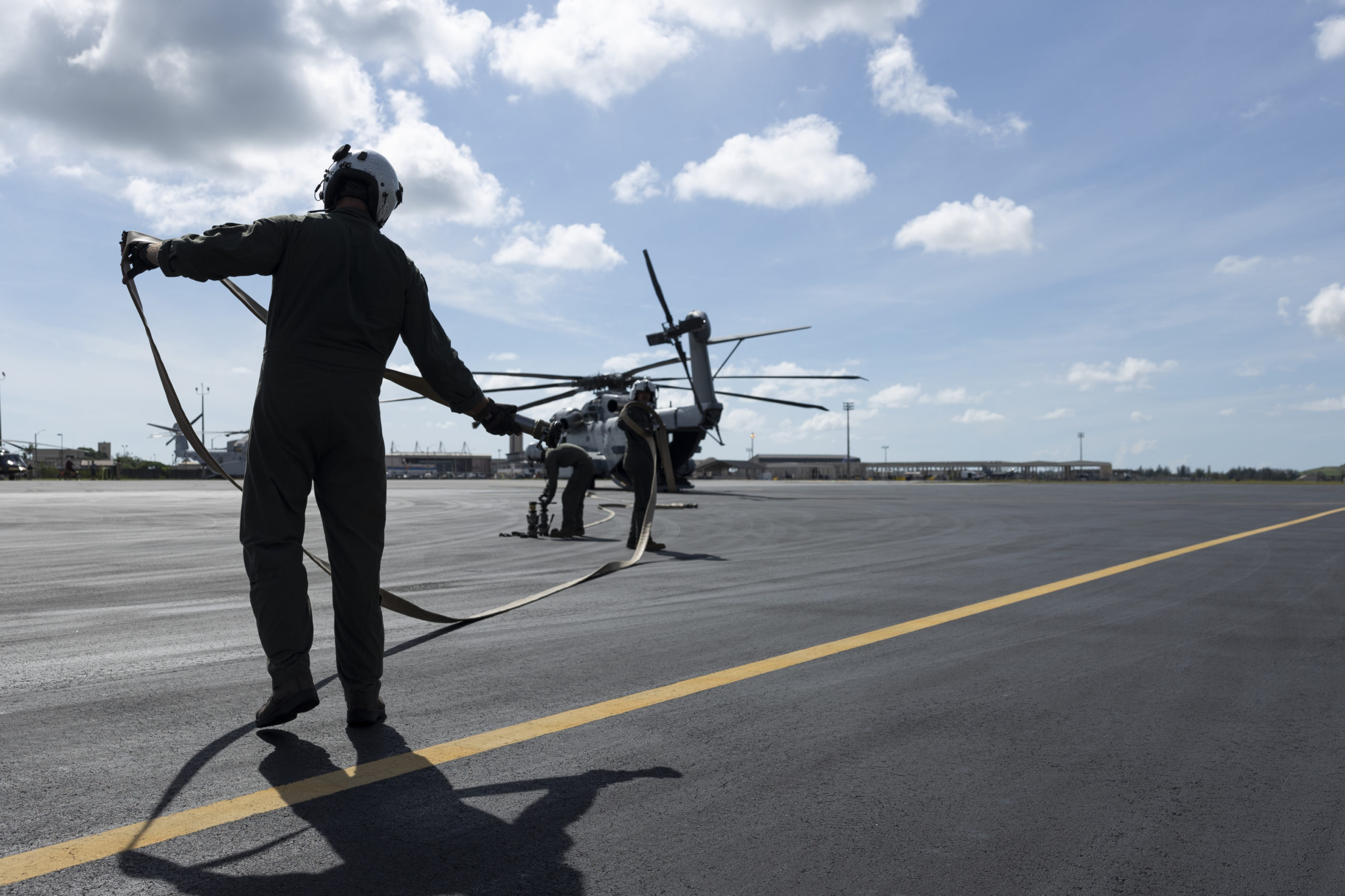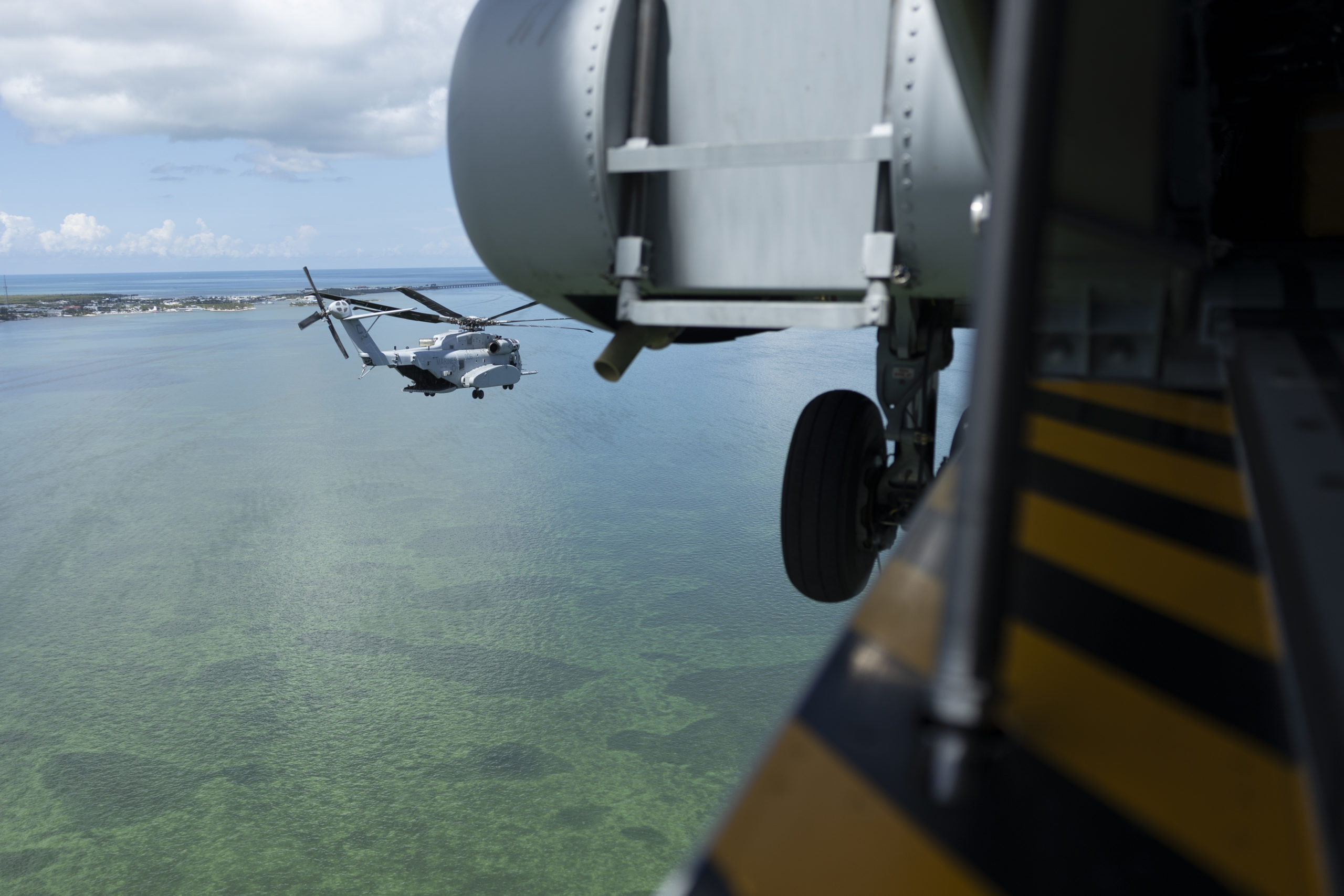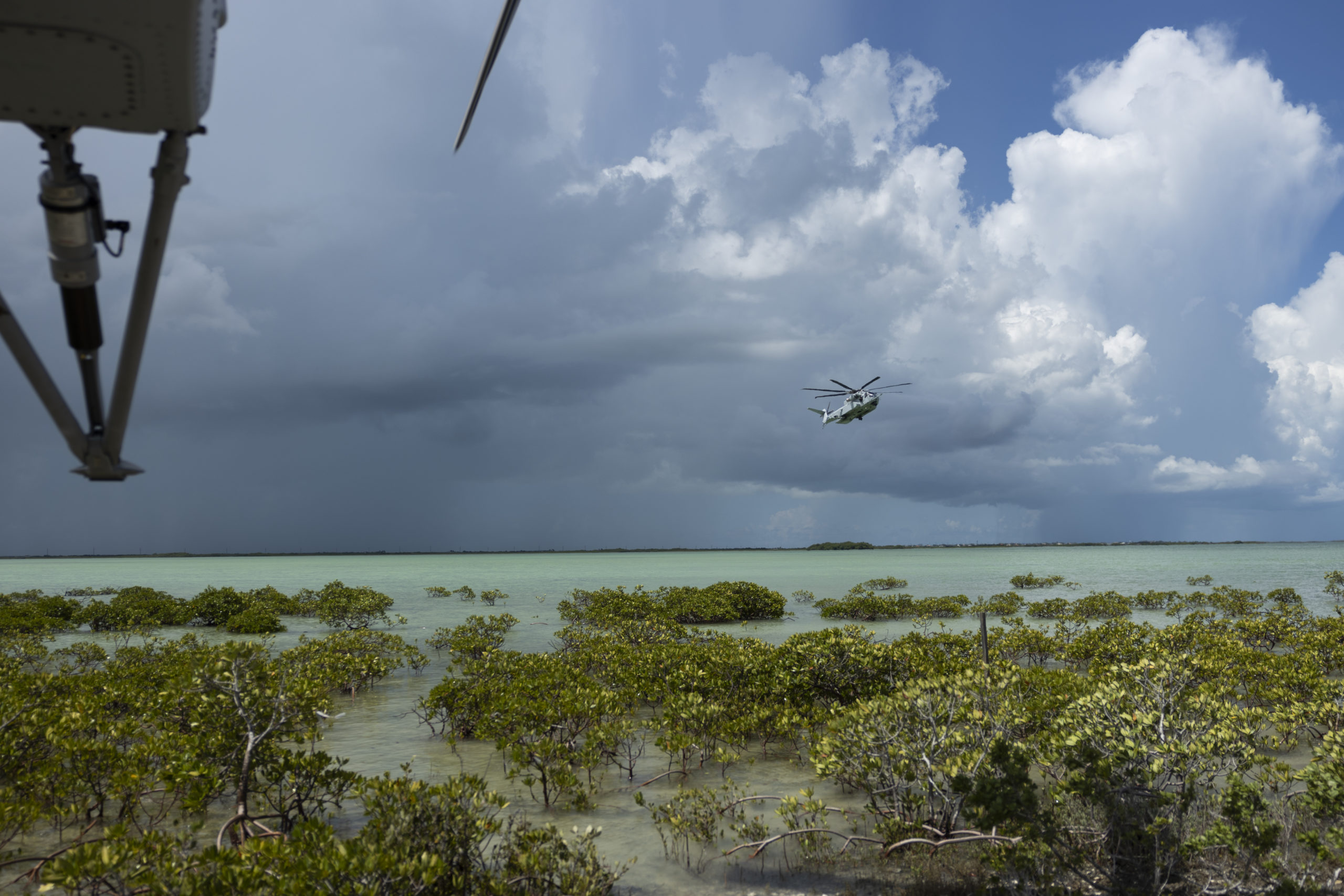Brazil stands at a critical juncture that will determine whether it emerges as a strategic power or remains trapped as a raw material supplier in China’s sphere of influence. While President Luiz Inácio Lula da Silva’s administration pursues deeper integration with Beijing through initiatives like BRICS expansion and transcontinental infrastructure projects, this path threatens to foreclose the very opportunities that could establish Brazil as an indispensable global partner.
The fundamental question facing Brazil is not whether to leverage its vast mineral wealth, but whether it will do so as a sovereign nation or as a subordinate supplier in China’s economic empire.
The Trap of Raw Material Dependency
Leonardo Coutinho’s analysis in “The China First Doctrine” reveals how Brazil’s current trajectory leads inexorably toward economic subordination disguised as partnership.
Despite Brazil’s position as a supplier of “nearly a quarter of China’s food imports,” Brazilian leadership has failed to recognize this as leverage, instead believing “they cannot upset their client, at the risk of retaliation and sanctions.” This mentality transforms what should be strategic interdependence into dangerous dependency.
The proposed railroad connecting Brazil through Peru to Chinese-controlled ports epitomizes this subordination. As Coutinho notes, Brazil has “committed millions in taxpayer funds to building regional infrastructure that complements China’s strategic investments,” particularly supporting “corridors and financing structures linked to the Port of Chancay in Peru.”
This infrastructure project, while marketed as regional development, actually locks Brazil into a permanent role as raw material exporter to Chinese processors, ensuring that “the central axis of the Chinese plan to reconfigure trade routes between South America and Asia will only be viable with the massive involvement of South American countries.”
Robert Muggah’s vision in “Brazil’s Critical Minerals Moment” of Brazil becoming a “cornerstone supplier” rather than a “warehouse of stranded potential” cannot be realized within this Chinese-dominated framework. The fundamental problem is that China’s strategy explicitly prevents the downstream processing that Muggah identifies as essential for capturing value. As his analysis reveals, “without investment in midstream separation, metals, magnets and chemical conversion, Brazil will export concentrates while most of the value accrues offshore.”
The BRICS Straightjacket
The BRICS framework, far from offering Brazil strategic alternatives, increasingly serves as a mechanism for Chinese dominance over member nations. Lula’s proposal at the recent Rio de Janeiro summit for “a BRICS-exclusive submarine cable system” represents what Coutinho describes as an attempt to “establish a parallel online ecosystem governed by countries largely composed of authoritarian regimes and dysfunctional democracies.” This digital infrastructure would further entrench Brazil’s subordination to Chinese technological standards and surveillance capabilities.
The contrast with Argentina under President Javier Milei demonstrates the viability of alternative approaches.
As Coutinho observes, Milei has shown “how Latin American countries can maintain profitable trade with the Chinese regime without ideological alignment, safeguarding national sovereignty, and guaranteeing benefits for their people.” Crucially, “while selling more products than ever before to the Chinese, Milei has made strides towards establishing trade agreements that will boost trade with the United States.”
This balanced approach, maintaining commercial relationships while avoiding strategic subordination, offers a template for how Brazil could pursue Muggah’s vision of resource-based leverage. However, it requires abandoning the ideological framework that currently drives Brazilian foreign policy.
The Infrastructure of Dependency
The transportation corridor to Chancay represents more than logistics. It embodies a strategic choice that forecloses alternatives. Once completed, this Chinese-financed and controlled infrastructure will create path dependencies that make it increasingly difficult for Brazil to pursue the value-added processing that Muggah identifies as essential. Brazilian minerals will flow directly to Chinese ports and processors, bypassing potential partnerships with democratic allies who might support domestic processing capabilities.
Muggah’s analysis emphasizes that “midstream build-out” in areas like “rare-earth separation, lithium chemicals, nickel sulphate and graphite anodes should be located where power is clean and logistics are reliable.” Brazil possesses these advantages—its “unusually clean grid (90% comes from renewables) confers a reputational edge” over Chinese coal-fired processing. However, the Chancay corridor ensures that these advantages will benefit Chinese processors rather than Brazilian industry.
The timing is crucial. As Muggah notes, “the AI era will test Brazil’s balancing act” as “data-center build-outs and electrified logistics are pushing demand” for critical minerals. If Brazil commits its mineral exports to Chinese-controlled infrastructure before developing domestic processing capabilities, it will miss the window of opportunity that current technological transitions provide.
The Democratic Alternative
For Muggah’s vision to succeed, Brazil must pivot toward partnerships with democratic allies who have both the technology and the strategic interest to support Brazilian value-addition.
The United States, despite current tensions, represents a natural partner for developing downstream processing capabilities. As Muggah observes, “Washington, despite an escalating trade war, wants to ‘friend-shore’ inputs for clean-energy, defence and AI supply chains, and sees Brazil as a possible partner precisely because of its resources and rule-of-law reputation.”
India offers another promising partnership avenue. Unlike China, India lacks the processing dominance that creates exploitative relationships, and its democratic institutions align with Brazil’s stated values. European partners similarly seek to diversify supply chains away from Chinese control while supporting environmental and labor standards that match Brazil’s comparative advantages.
The emerging “Minerals Security Partnership” framework that Muggah references provides a concrete mechanism for this democratic cooperation. Unlike Chinese Belt and Road initiatives that lock countries into dependency relationships, this partnership model envisions “tailored offtakes and joint R&D” that could support the domestic processing capabilities Brazil needs.
The Environmental Imperative
Brazil’s environmental advantages become meaningless if its minerals simply feed Chinese processing facilities that operate under different standards. As Muggah warns, “any perception that licensing guts safeguards or that deforestation rises with mining logistics would swiftly puncture ‘green’ claims.” The Chancay corridor and associated infrastructure development risks exactly this outcome, creating environmental pressures without corresponding domestic benefits.
Democratic partnerships offer superior environmental frameworks. As Muggah notes, “processing powered by hydro and bioenergy scores better on Western ESG screens than coal-fired equivalents in Asia.” However, this advantage only matters if processing occurs in Brazil rather than simply exporting to cleaner-energy partners.
The “Global Minerals Trust” concept that Muggah discusses “led by a coalition of producing and consuming nations” to “pool data, reduce volatility, buffer shocks with shared stockpiles and set audit protocols” represents the kind of multilateral framework that could support Brazilian sovereignty while ensuring responsible development. China’s bilateral approach offers no such safeguards.
The Strategic Choice
Coutinho’s warning that Brazil faces isolation “economically and diplomatically, at a time when its national interests require independence and balance” becomes particularly relevant when viewed through Muggah’s framework. The infrastructure investments that Lula’s government is pursuing will create irreversible dependencies that make the strategic flexibility Muggah envisions impossible.
The recent U.S. sanctions, including tariffs and Magnitsky Act designations, represent what Coutinho describes as “a geopolitical warning aimed at halting a shift that threatens to destabilize the Western Hemisphere.” Rather than viewing these as attacks on sovereignty, Brazil should recognize them as signals that alternative partnerships remain available—but only if Brazil demonstrates genuine strategic independence rather than Chinese alignment.
The Window of Opportunity
Muggah’s analysis reveals that Brazil possesses unique advantages that could support genuine strategic autonomy: vast mineral resources, clean energy, democratic institutions, and environmental leadership. However, these advantages have value only if Brazil maintains the flexibility to partner with multiple actors rather than locking itself into Chinese-dominated supply chains.
The contrast between Brazil’s niobium success and its struggles in other minerals is instructive. As Muggah notes, Brazil “already controls 97% of the global supply via CBMM, whose technological edge and long-term contracts make it a key node for high-strength steels and emerging battery chemistries.” This dominance provides leverage precisely because Brazil developed processing capabilities domestically rather than simply exporting ore to foreign processors.
Replicating this model across other critical minerals requires partnerships with countries that have both the technology and the strategic interest to support Brazilian value-addition. China, with its dominant processing position, has no incentive to support competitive Brazilian capabilities. Democratic partners, seeking to diversify away from Chinese dominance, do.
Conclusion: Sovereignty Through Partnership
The fundamental insight emerging from both analyses is that Brazil’s current path toward Chinese integration forecloses the strategic opportunities that Muggah identifies. The railroad to Chancay, BRICS digital infrastructure, and deepening economic integration all serve to lock Brazil into a raw material supplier role that prevents the domestic value-addition essential for genuine sovereignty.
For Brazil to achieve Muggah’s vision of becoming a “cornerstone supplier” that can “court both East and West without becoming anyone’s appendage,” it must first escape the strategic dependencies that current policies create. This requires recognizing that true sovereignty comes not from ideological alignment with authoritarian powers, but from maintaining the flexibility to partner with democratic allies who share interests in responsible development and strategic autonomy.
As Coutinho concludes, “the United States has drawn a line. The question is: does Brazil know which side it stands on?” The answer should be clear: Brazil’s interests lie with partners who support its development as a processing power rather than its exploitation as a raw material supplier. The geological wealth beneath Brazil’s soil offers unprecedented opportunities—but only if Brazilian policy choices preserve the strategic flexibility necessary to realize them.
Sources:
Leonardo Coutinho. The China First Doctrine: How Lula’s Foreign Policy Threatens Brazil’s Balance, Linkedin (August 1, 2025), https://www.linkedin.com/pulse/china-first-doctrine-how-lulas-foreign-policy-brazils-coutinho-64tle/
Robert Muggah, “Brazil’s Critical Minerals Moment, Linkedin (August 18, 2025), https://www.linkedin.com/pulse/brazils-critical-minerals-moment-robert-muggah-grvsf/
Next year we are publishing our book looking at Middle Powers and Global China:



